Mid-October 2016 (11th-20th)
/Dry weather finally took hold of the region during mid-October, and allowed us to begin the long process of drying out after being inundated by historic rainfall amounts due to the passage of Hurricane Matthew. A major cold front, the first of October, brought us a wide variety of passerines, including an explosion of sparrow species! There was a great deal of excellent finds this period, and top birds for Virginia Beach included GRAY KINGBIRD, CLAY-COLORED SPARROW, DICKCISSEL, LINCOLN’S SPARROW, LARK SPARROW, & PAINTED BUNTING. First-of-season arrivals slowed this period (though this is more a reflection on the extremely high number we had last period), but we still saw our first-of-fall Winter Wren (11 Oct), White-crowned Sparrow (11 Oct), Cliff Swallow & Hermit Thrush (13 Oct) and Surf Scoter (15 Oct)! Continuing occurrences of late birds included Eastern Kingbird (10 Oct), Canada Warbler (11 Oct), Blue Grosbeak (13 Oct), Yellow Warbler (14 Oct), Bay-breasted Warbler (15 Oct), Chimney Swift & Yellow-breasted Chat (16 Oct), Wilson’s Warbler (17 Oct), American Redstart (18 Oct), Nashville Warbler (19 Oct) and Magnolia Warbler (20 Oct). Lastly, we saw very high counts of Pied-billed Grebe & Northern Flicker as well as higher than expected counts of Yellow-billed Cuckoo, and both Nelson’s & Seaside Sparrows continue to be found around Pleasure House Point in healthy numbers though no Saltmarsh Sparrows have yet been observed there this season. WEATHER: Overall, mid-October’s average daily high temperature actually increased to 76.3 degrees F (+1.8 degrees from the early October period); the average daytime lows however, dropped considerably to 55.5 degrees F (-9.4 degrees) so in that regard it did still feel cooler, at least in the early and later hours of the day. The previous 10-year average daily highs & lows for the mid-October period were 71.9 & 54.7 degrees F, respectively which puts this period in 2016 at +4.4, and +0.8 degrees when comparing to the averages. Also during the previous 10-year period, the maximum average daily highs & lows were 76.5 (2007) & 60.2 degrees F (2013). For the first time in quite a while, we made it through the entire period with no measured precipitation, and it couldn’t have occurred at a better time as much of the region still struggles to dry out from the incredible amounts of rain that fell throughout the past month. Portions of Sandbridge still held standing water even a week after the passage of Hurricane Matthew!
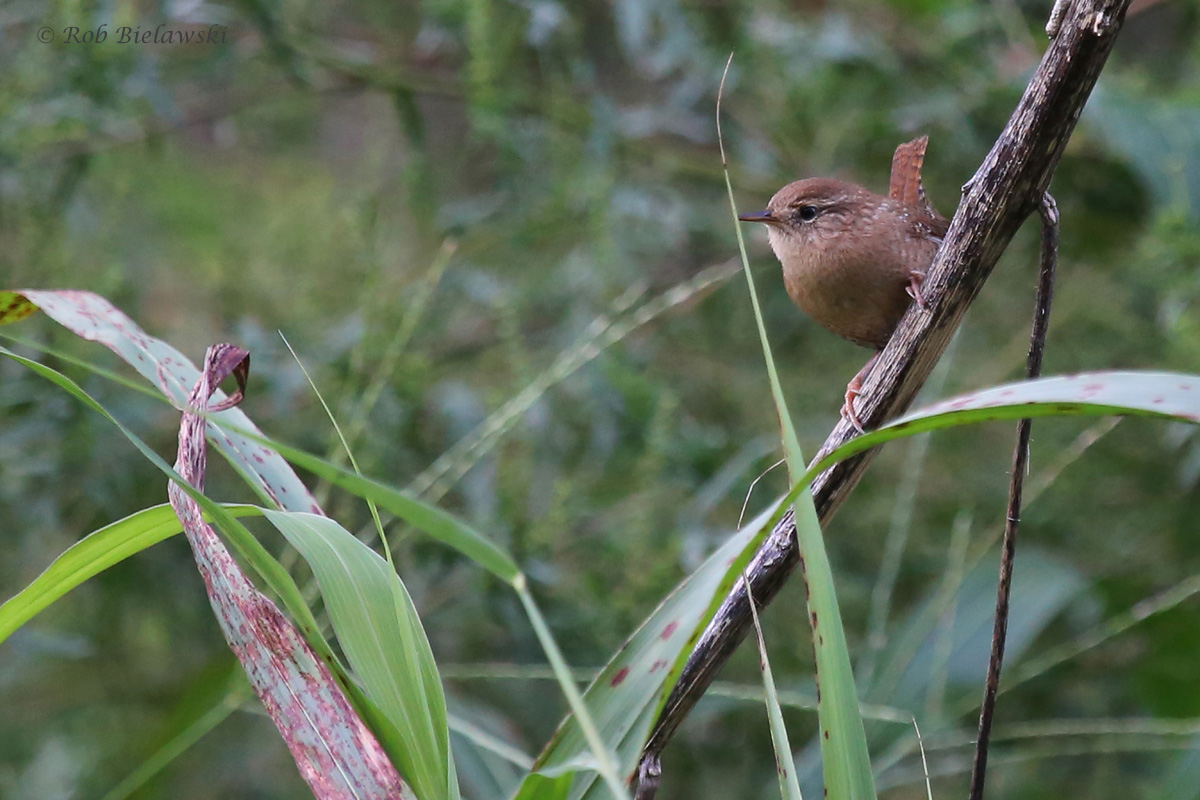
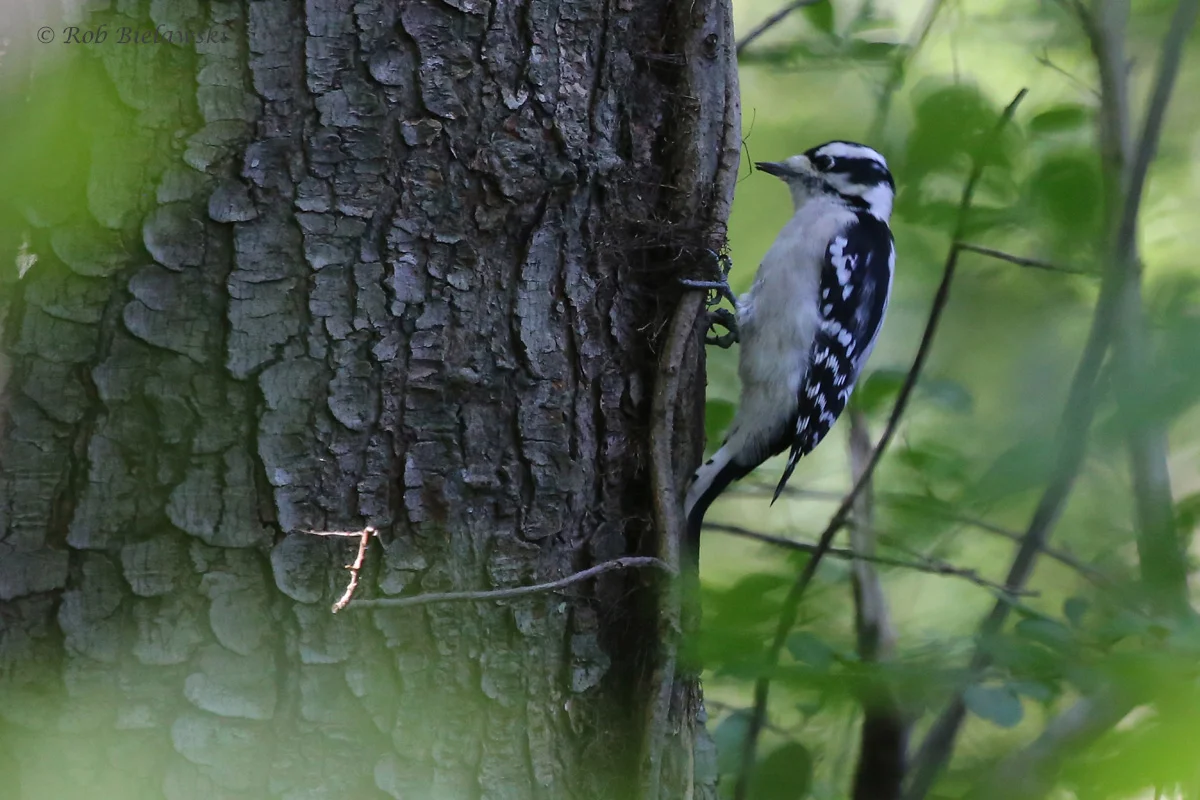
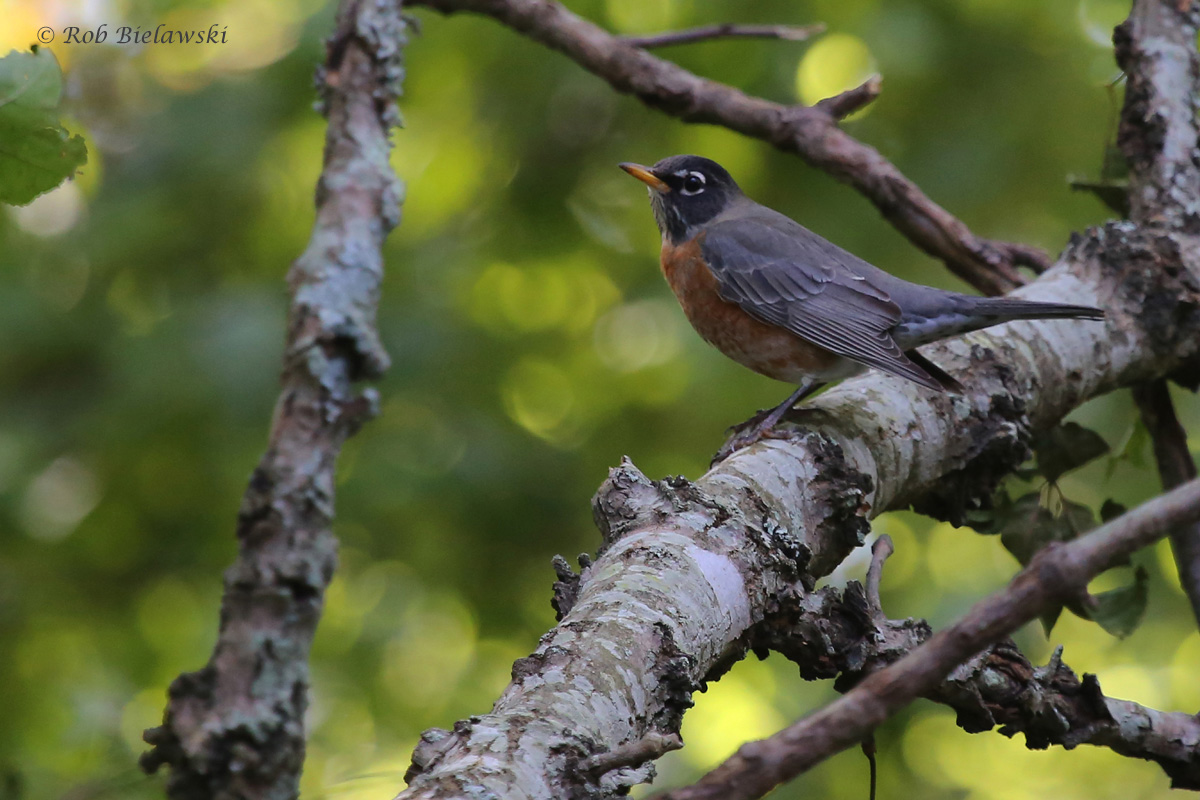
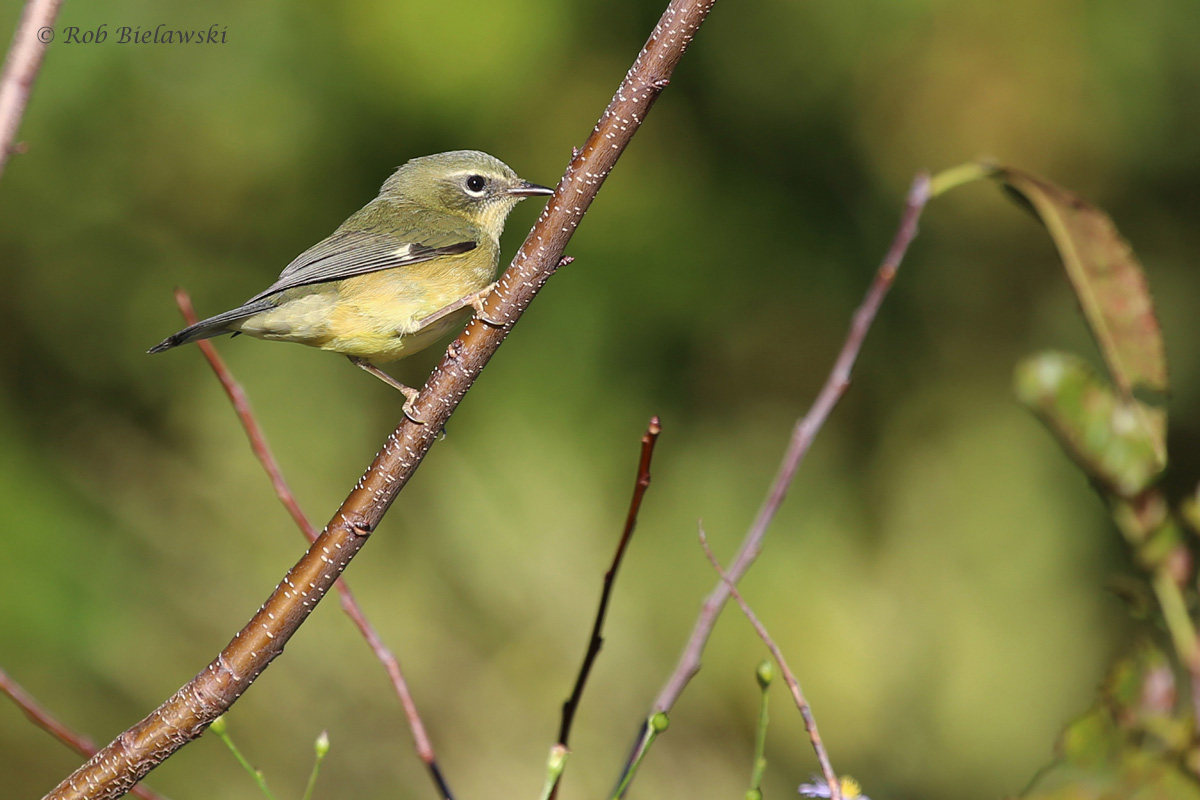
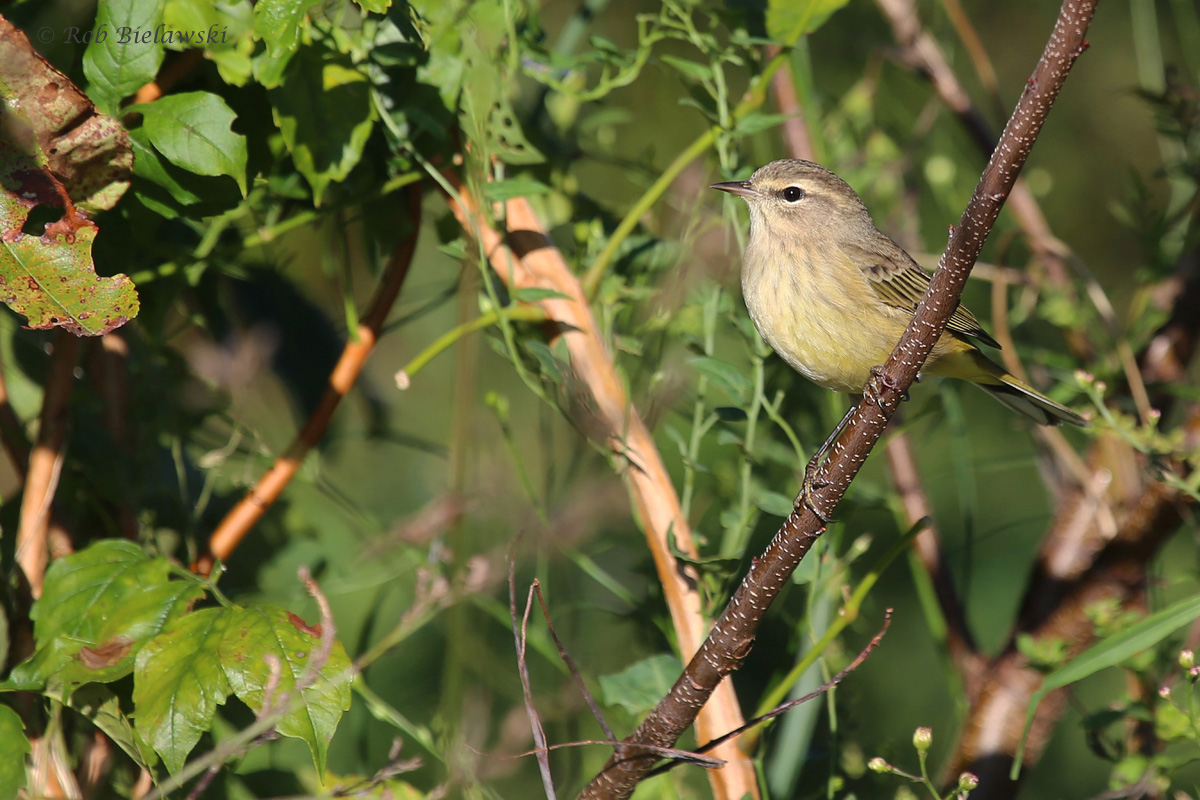
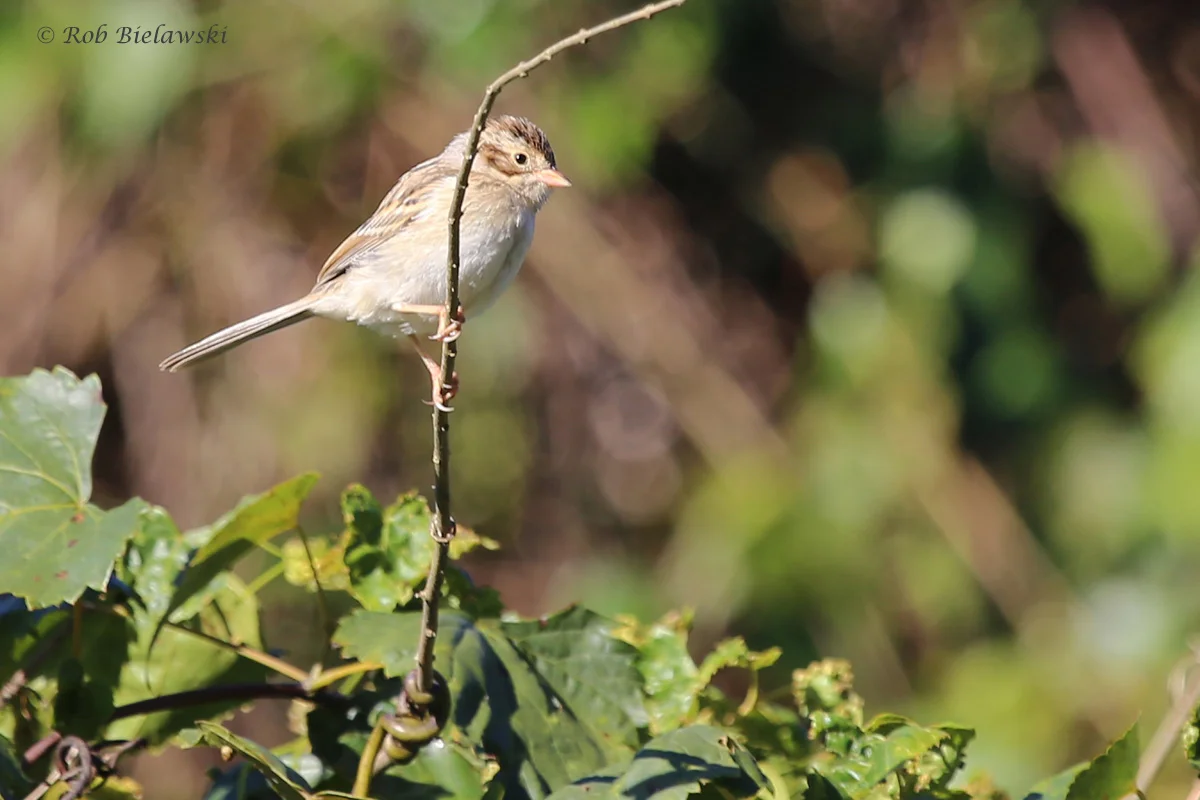
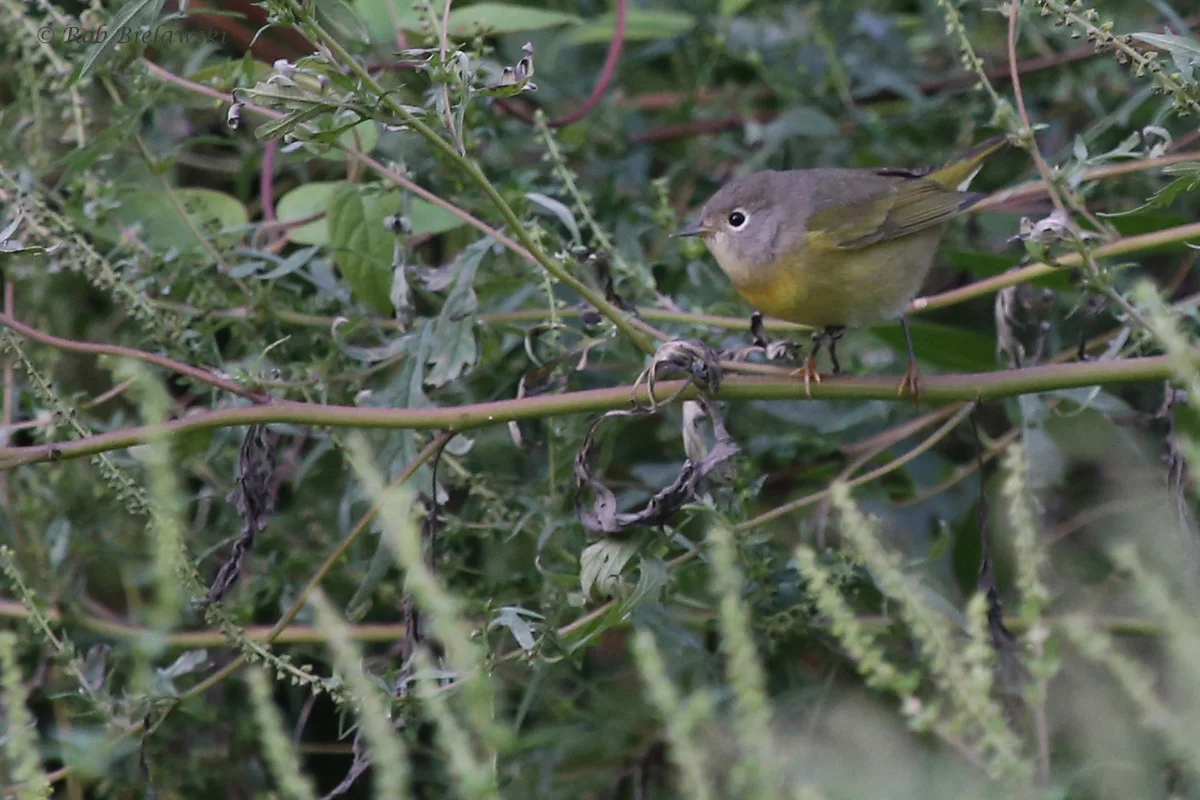
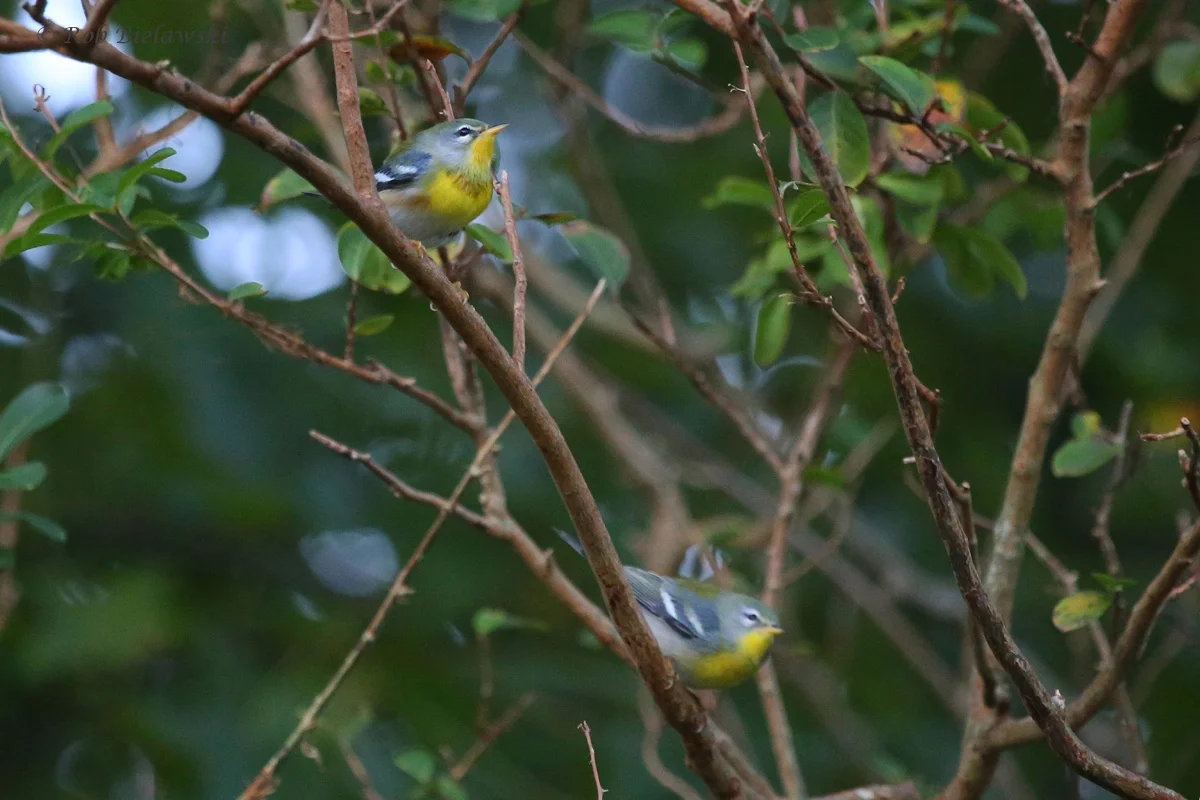
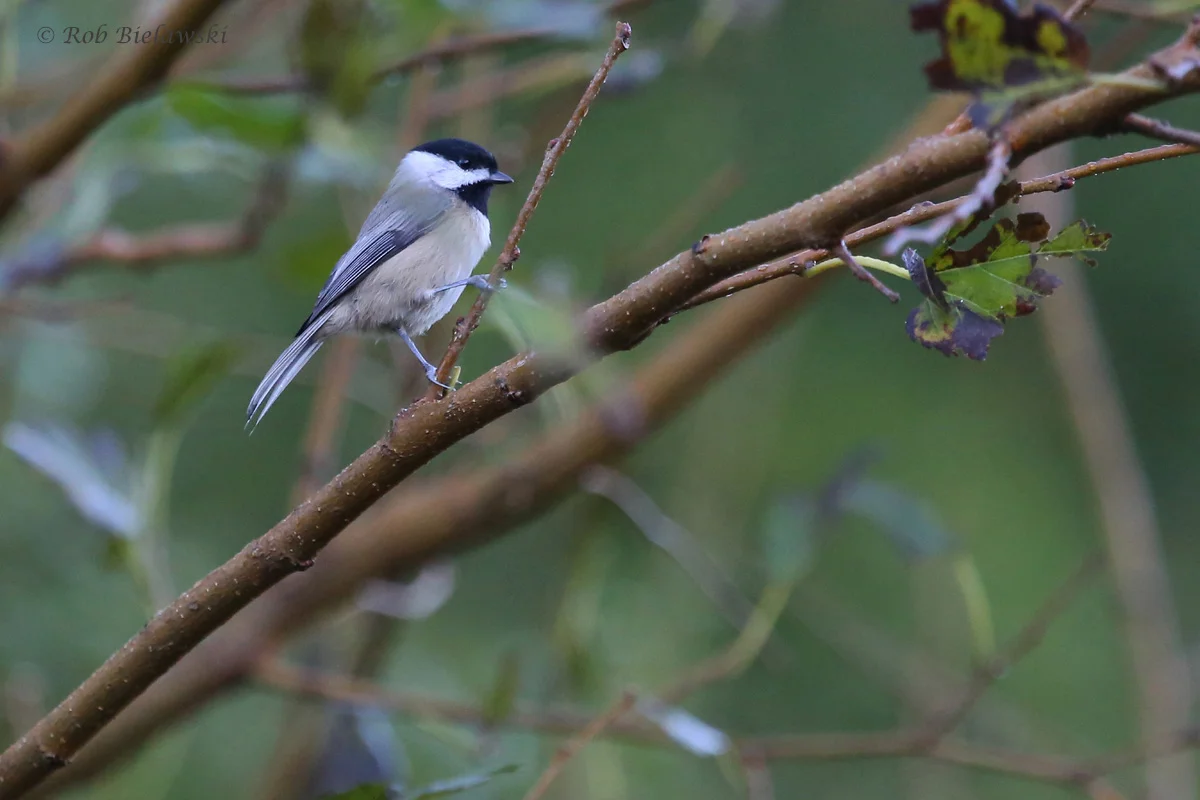
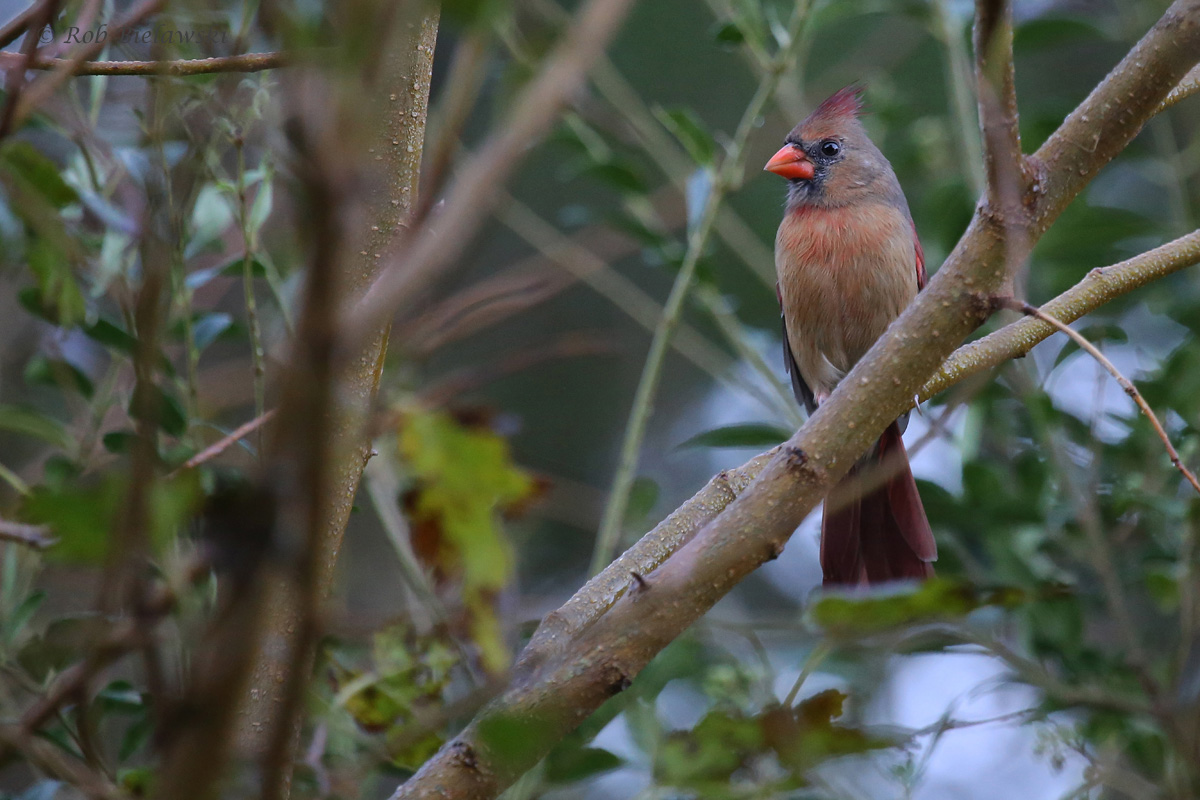
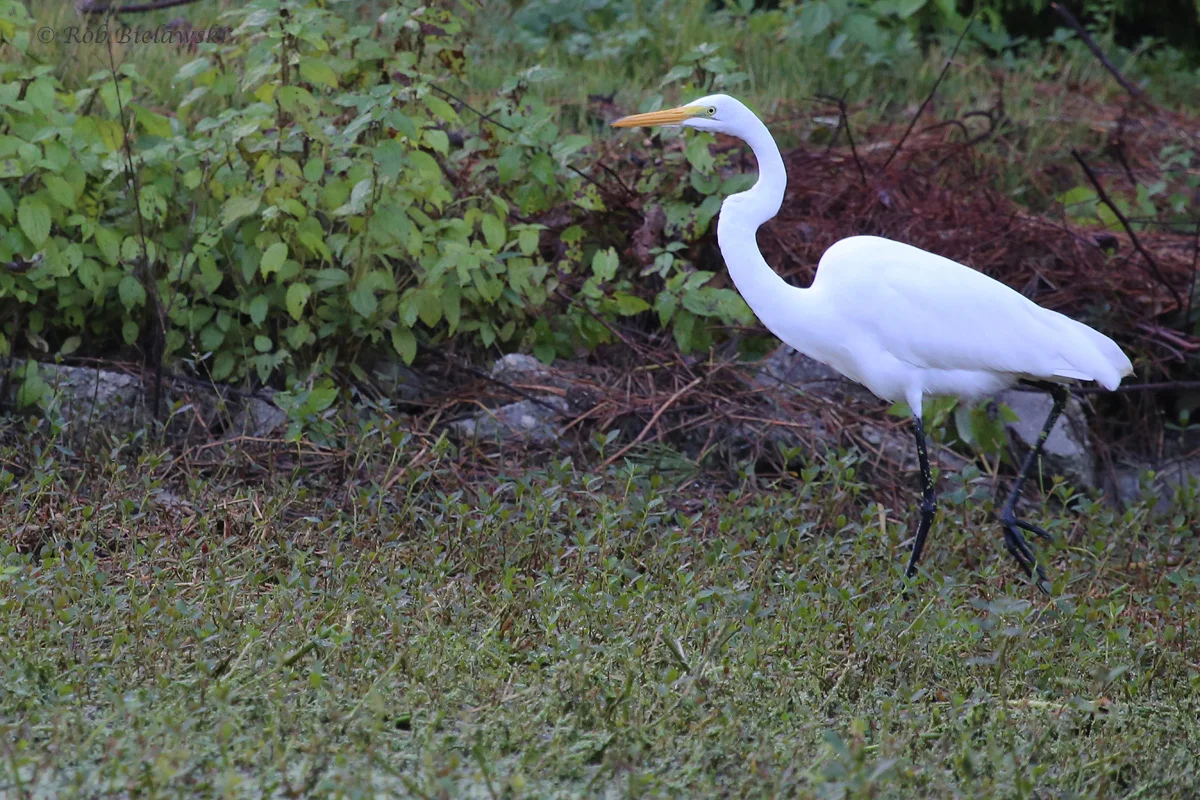
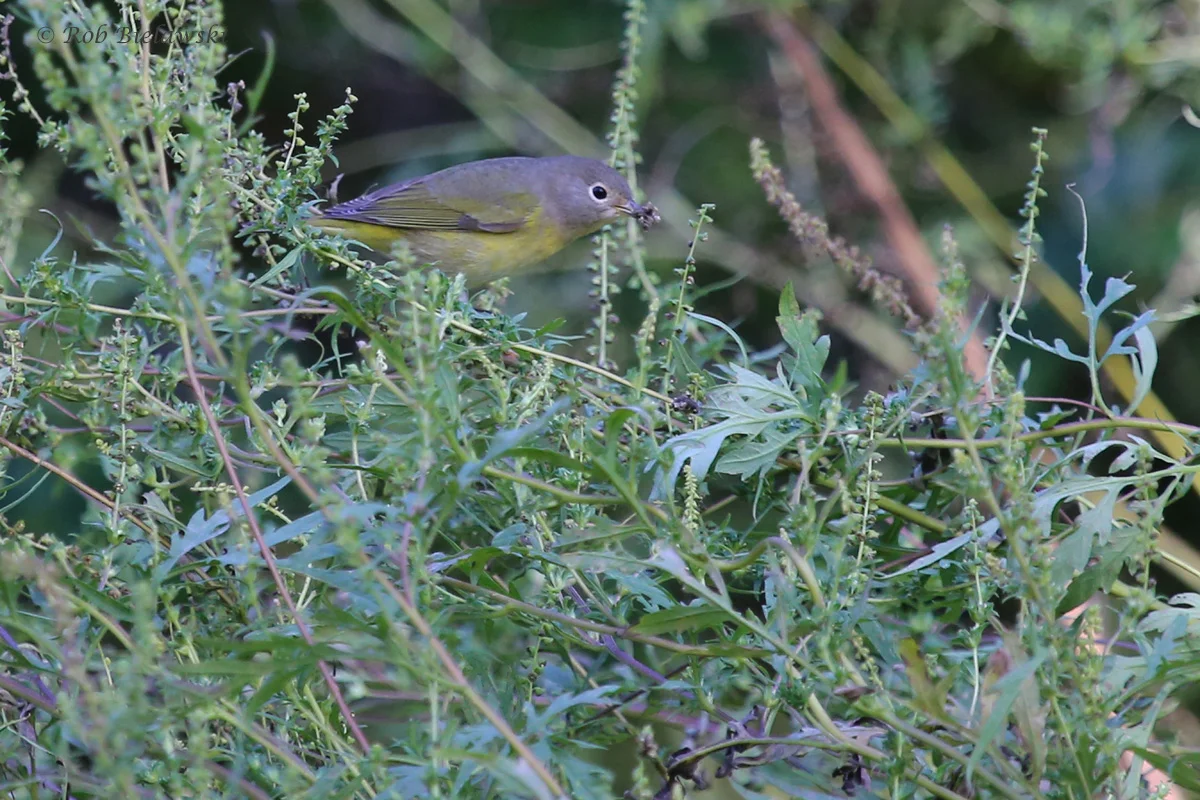
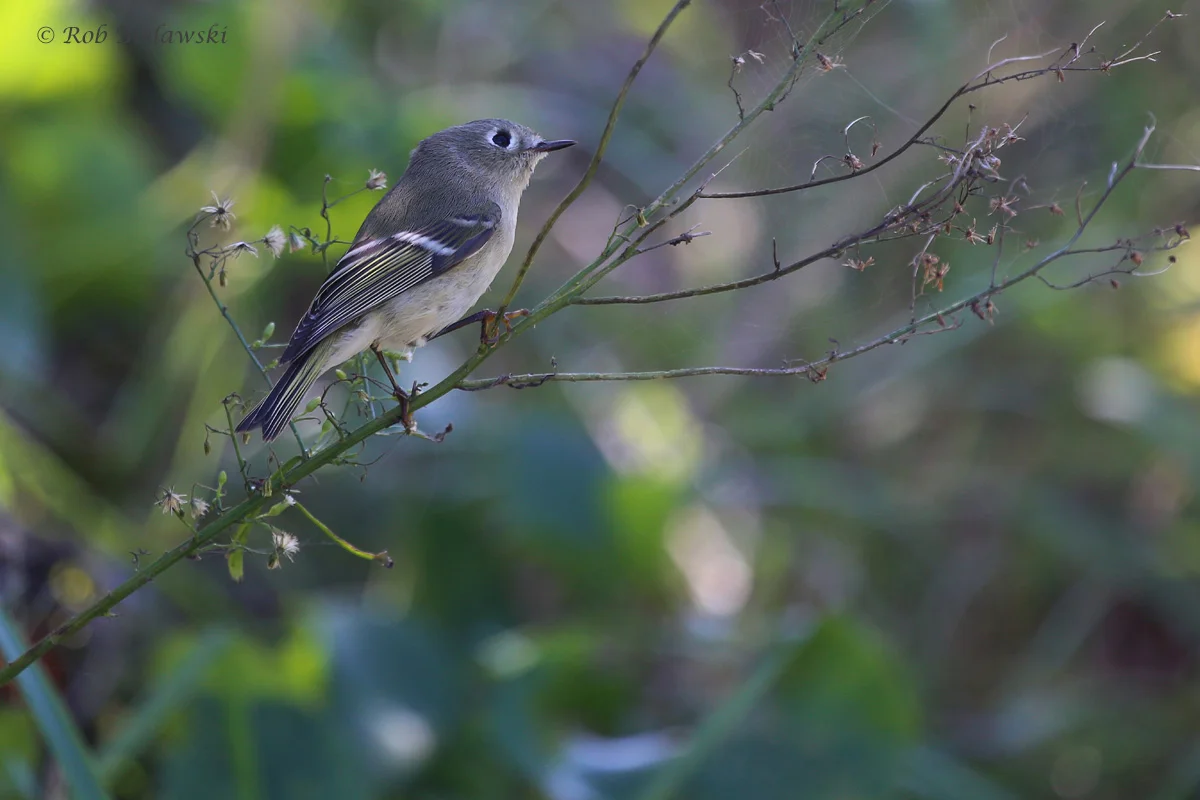
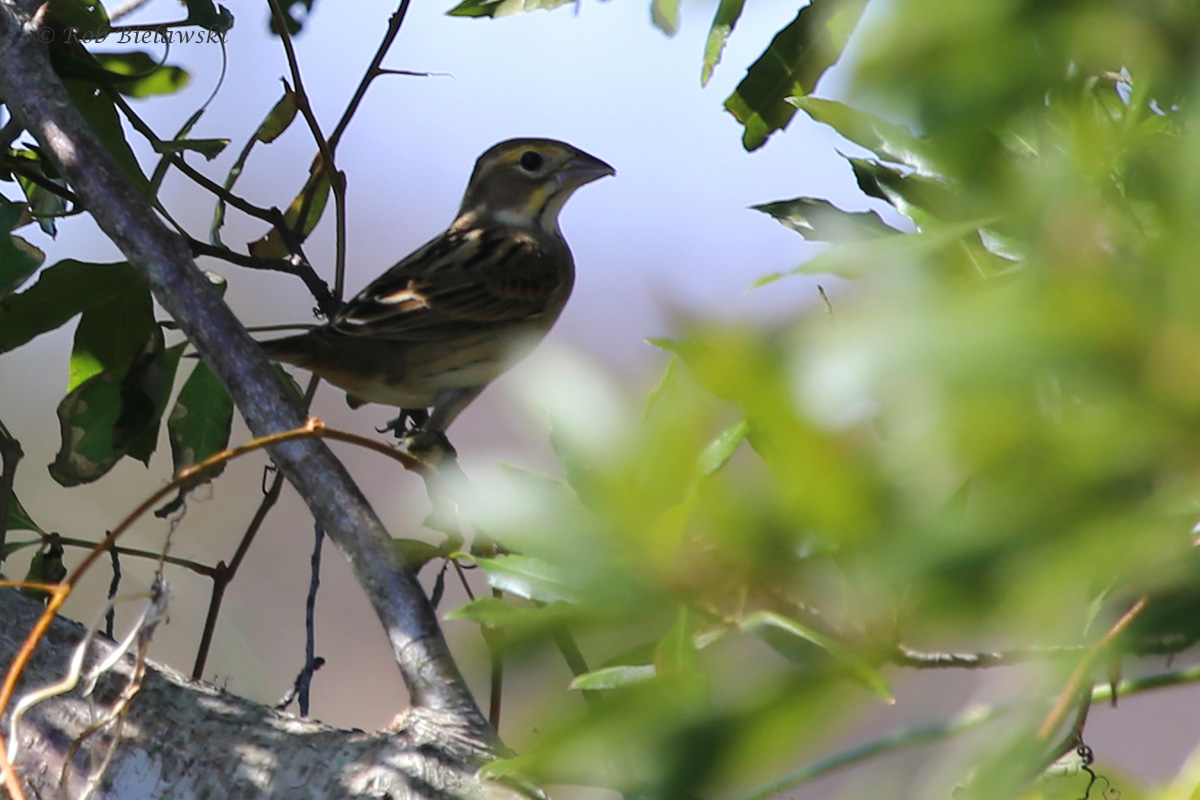
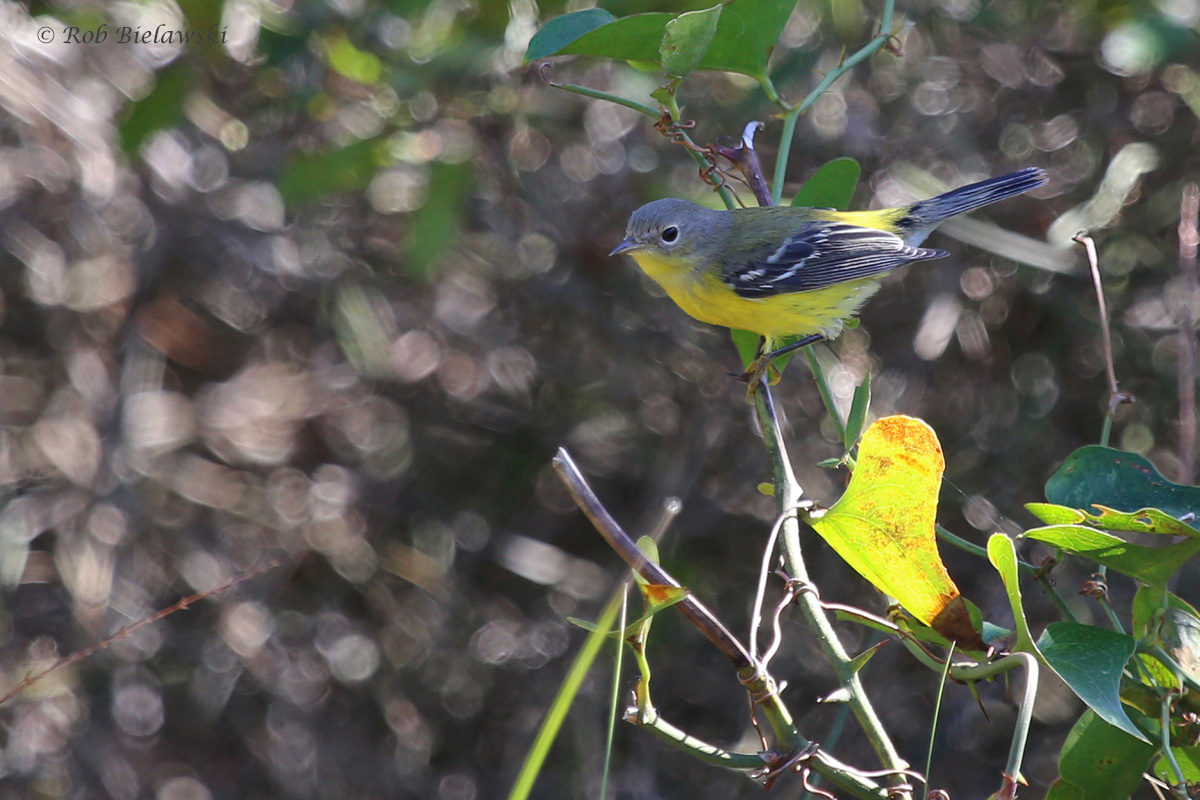
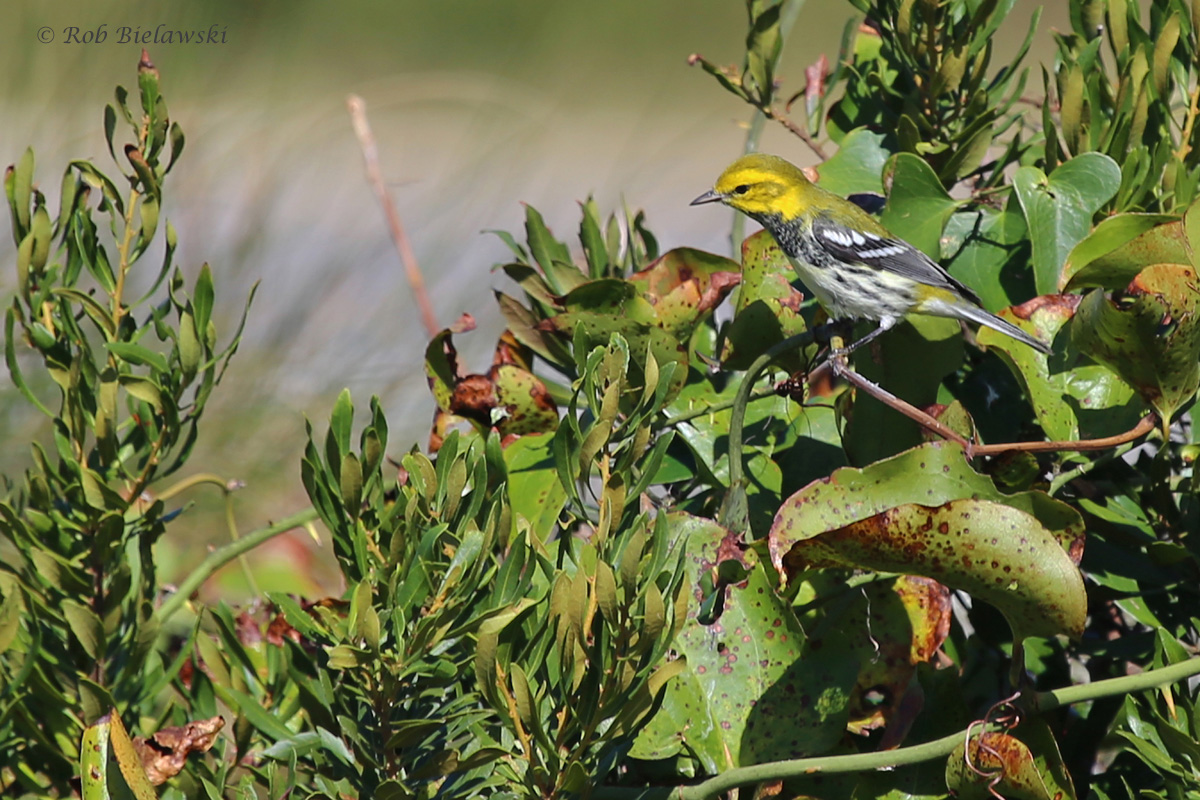
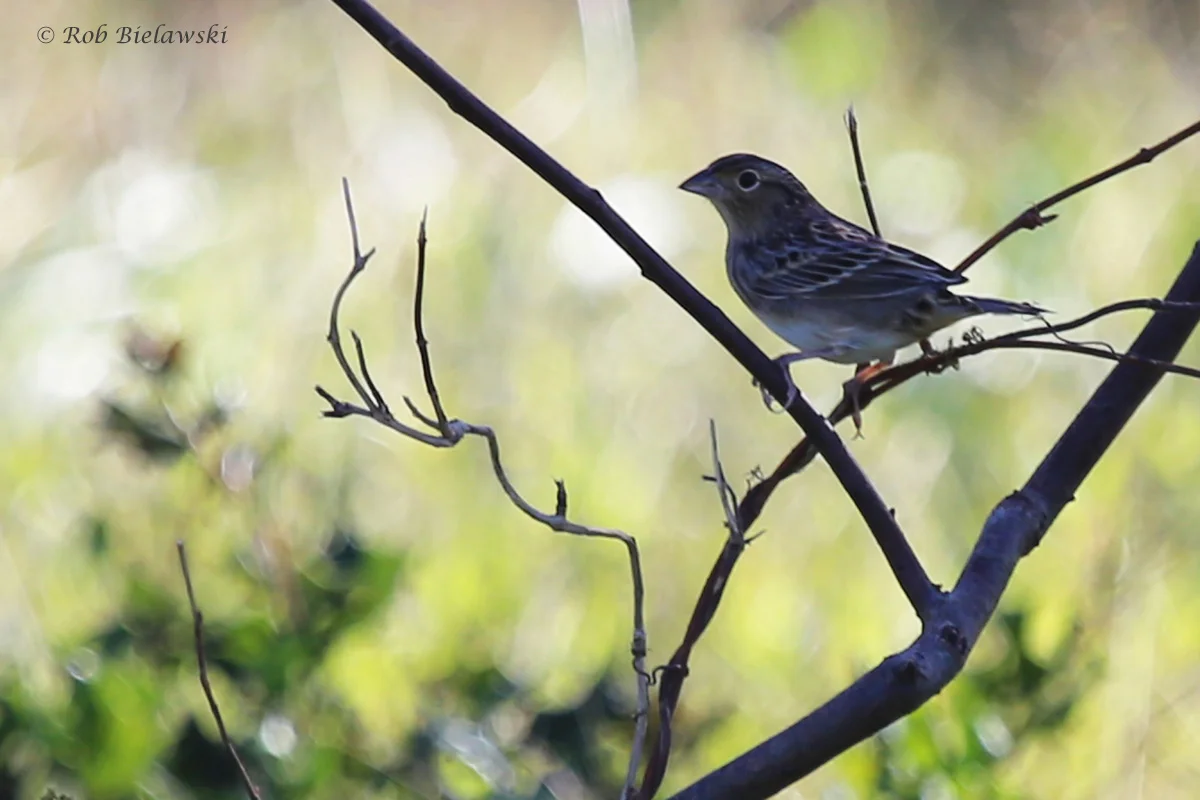
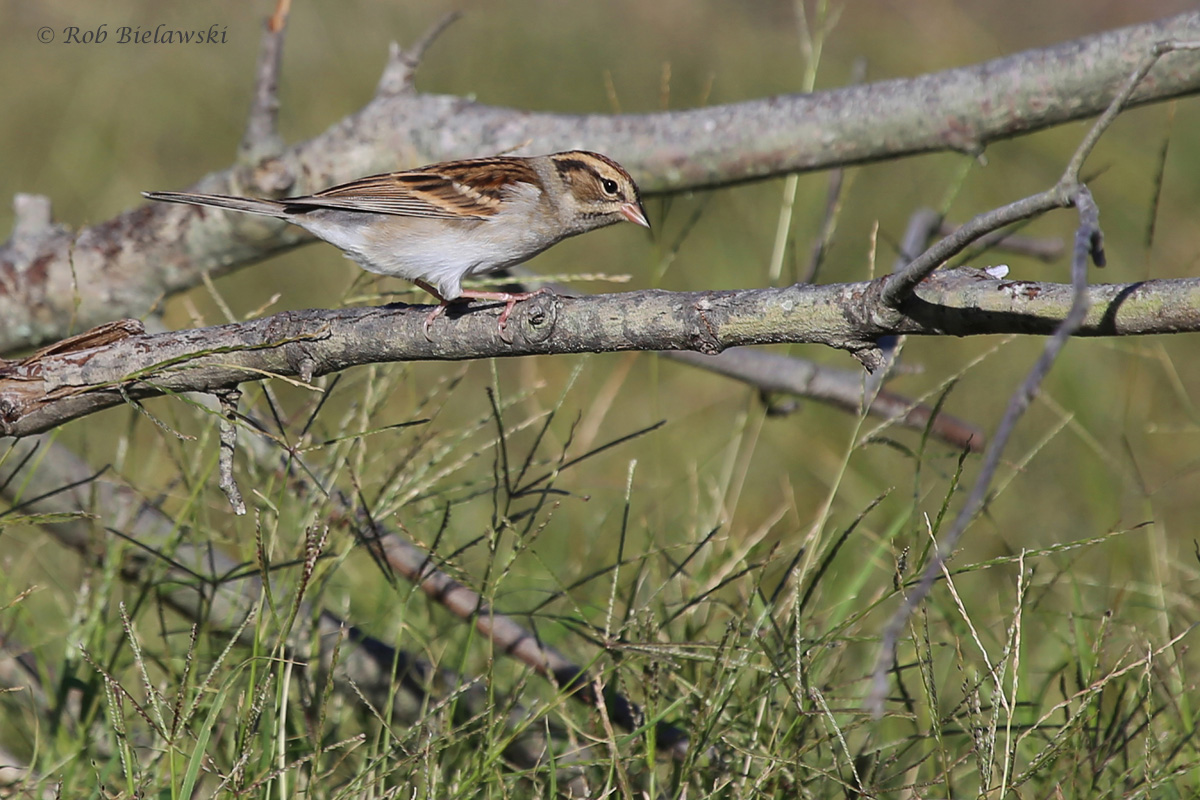
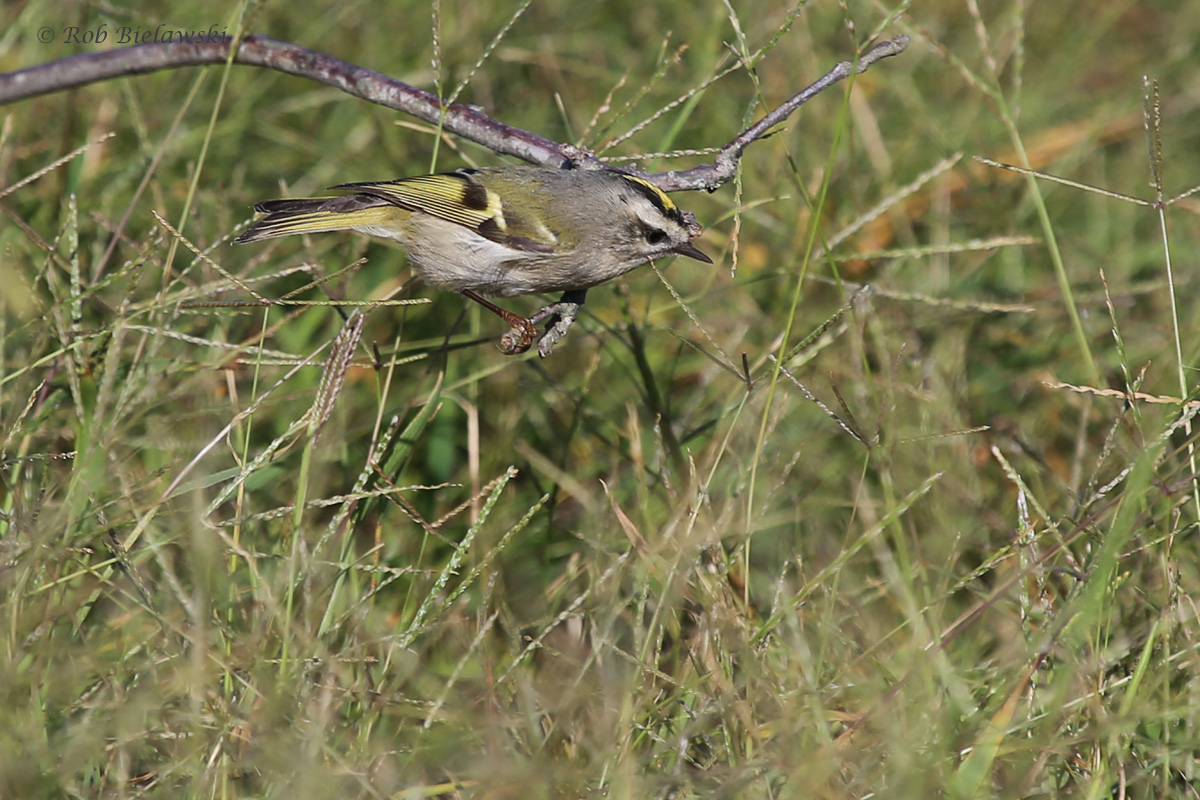
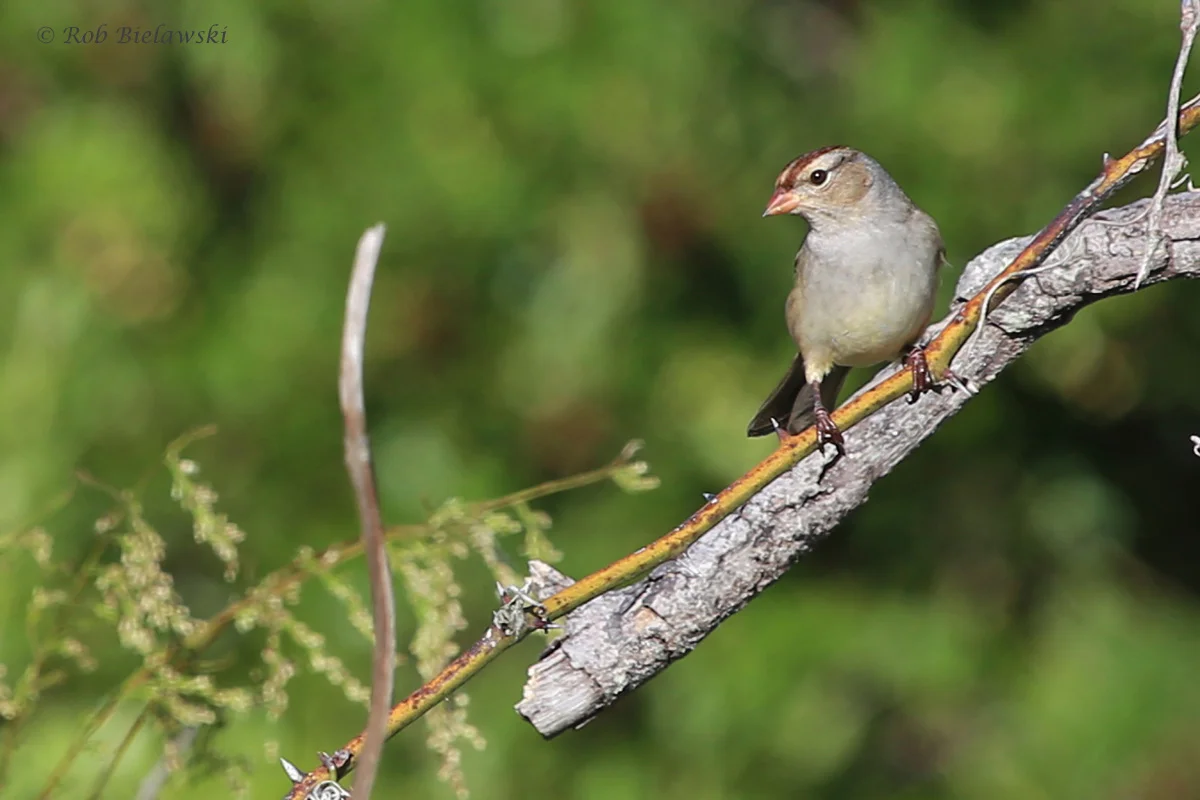
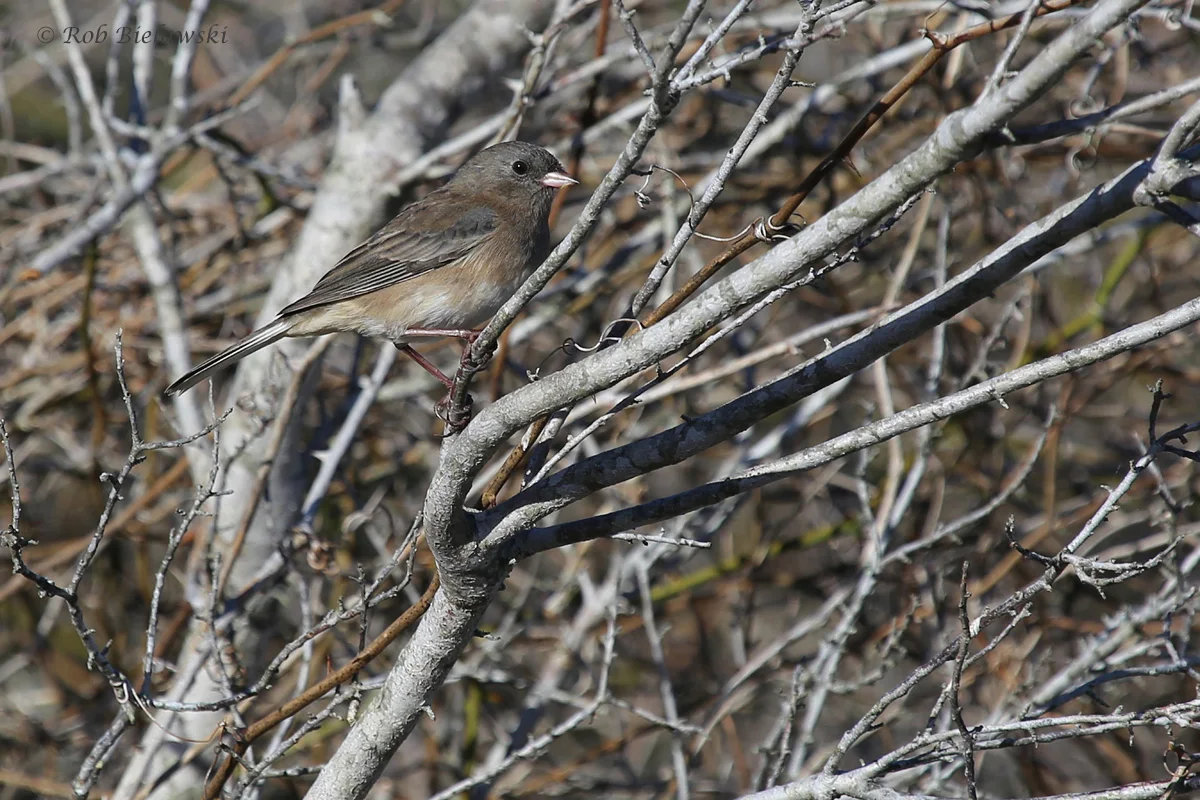

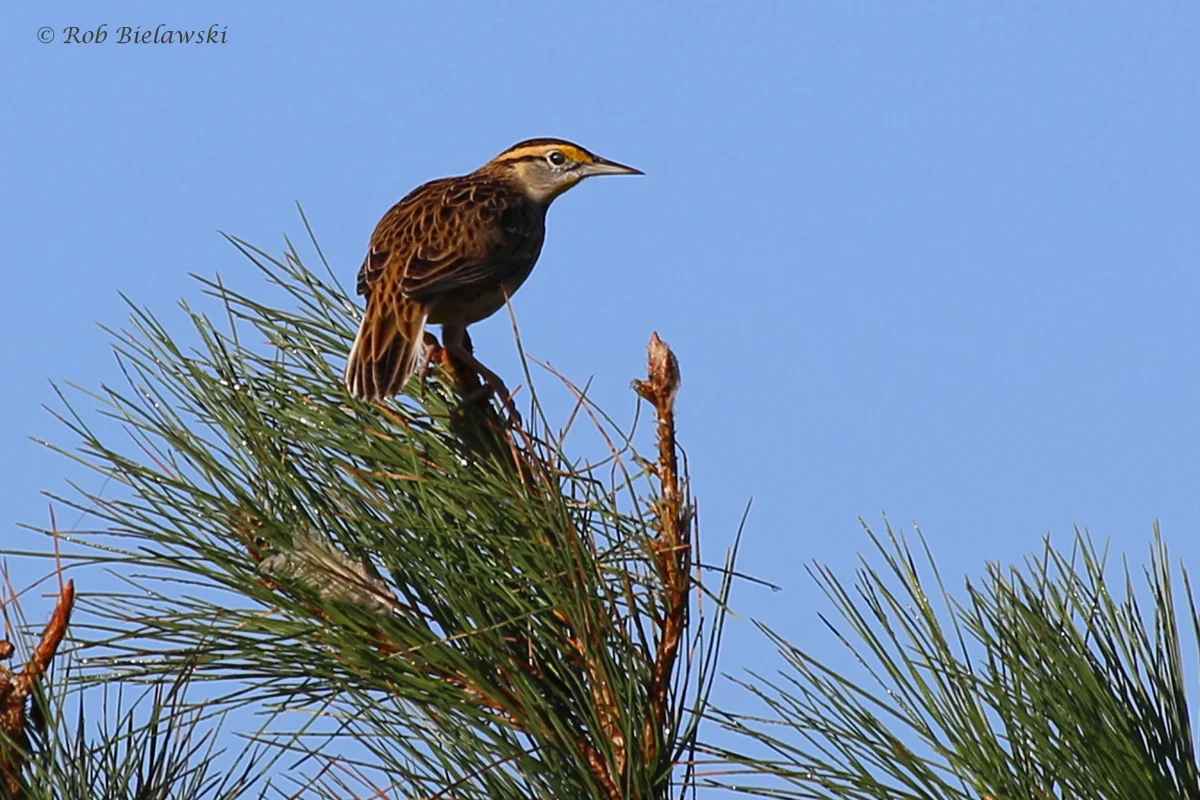
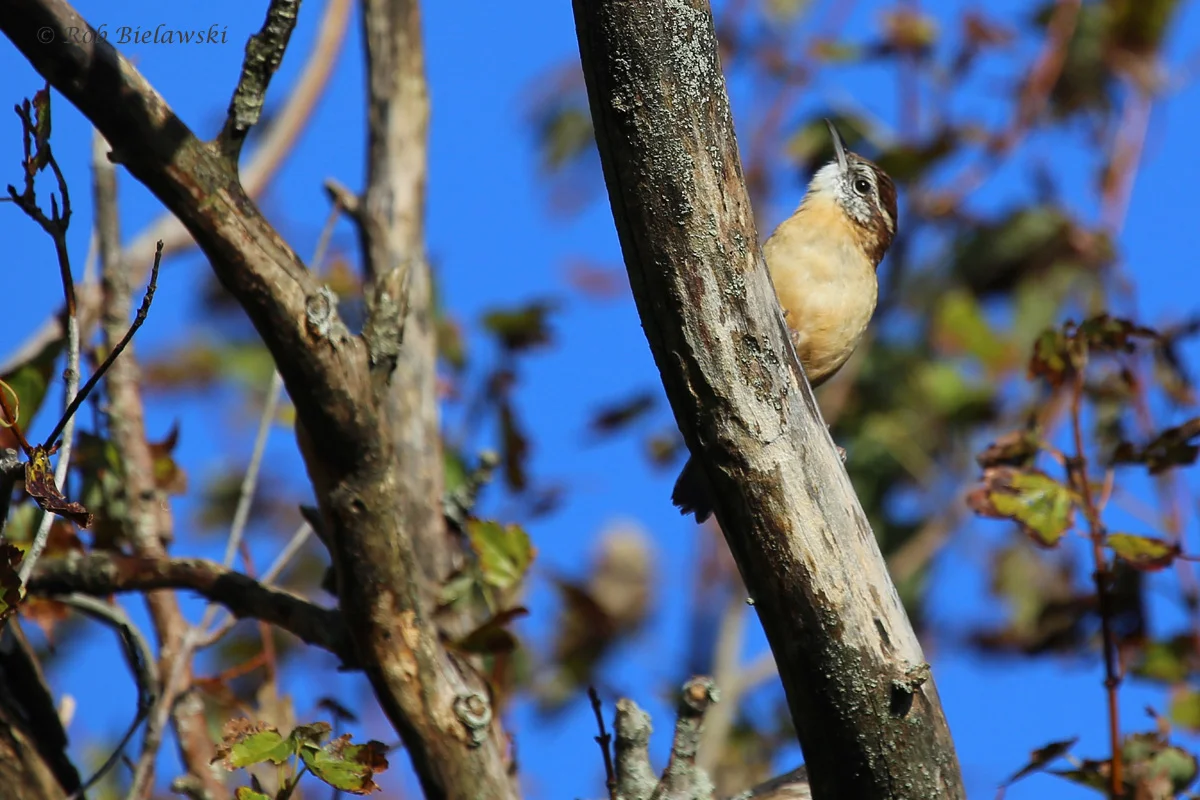
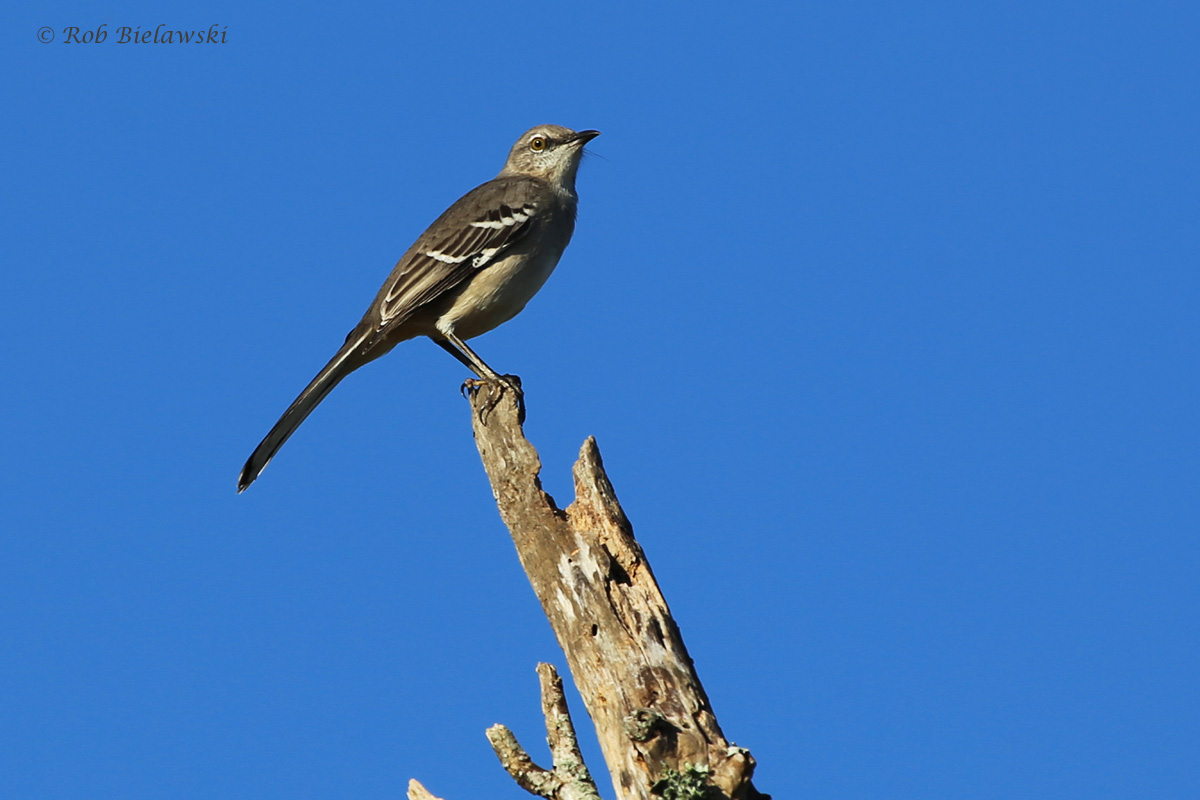
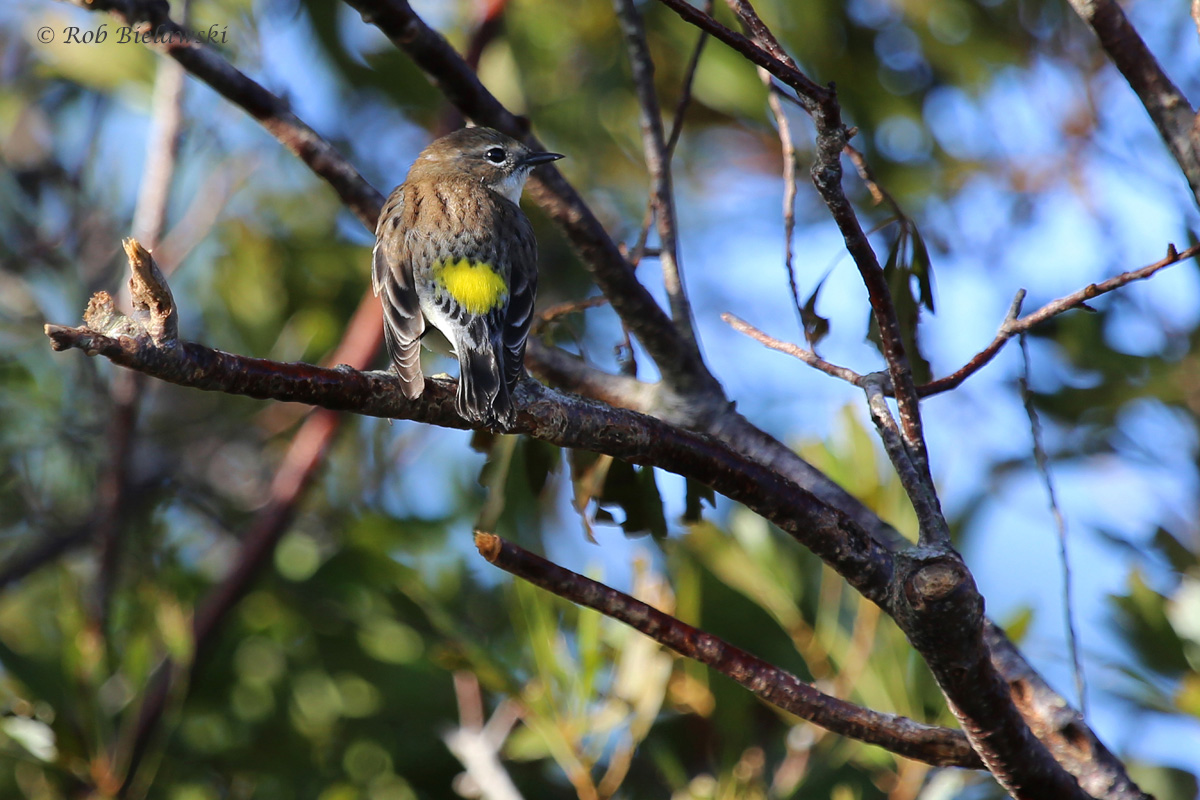
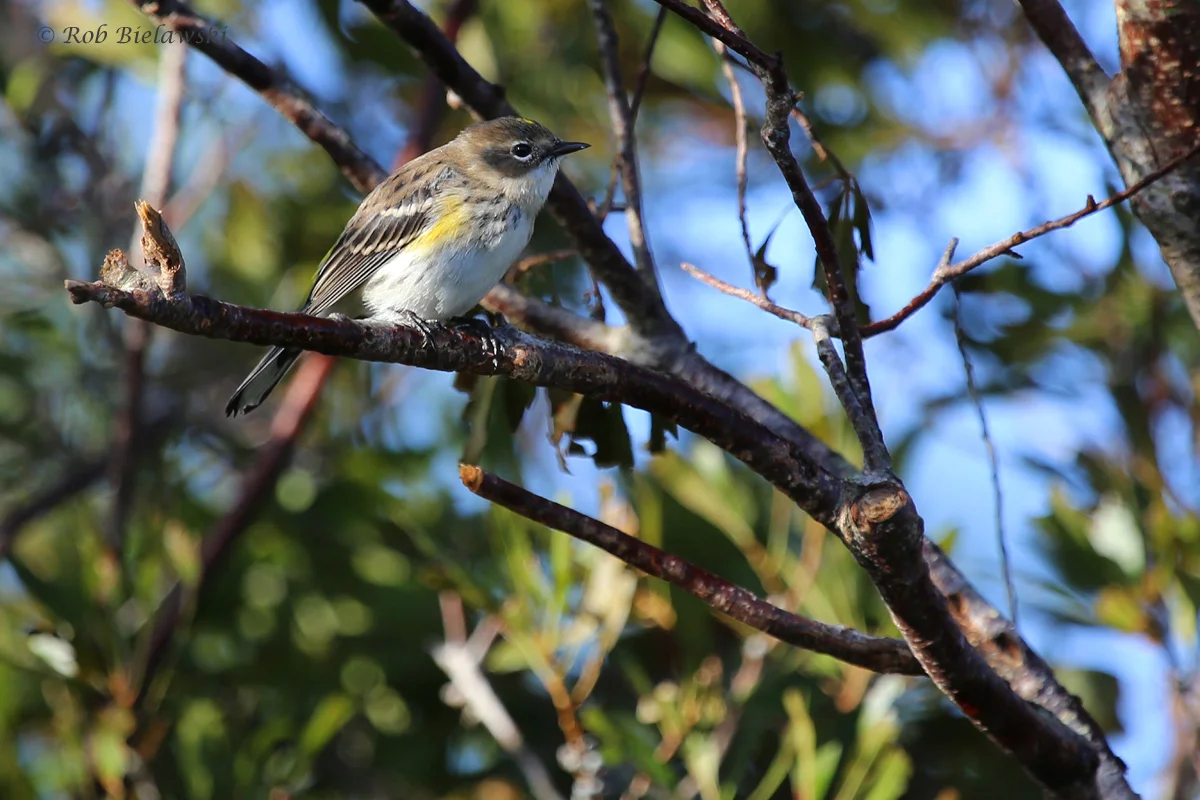
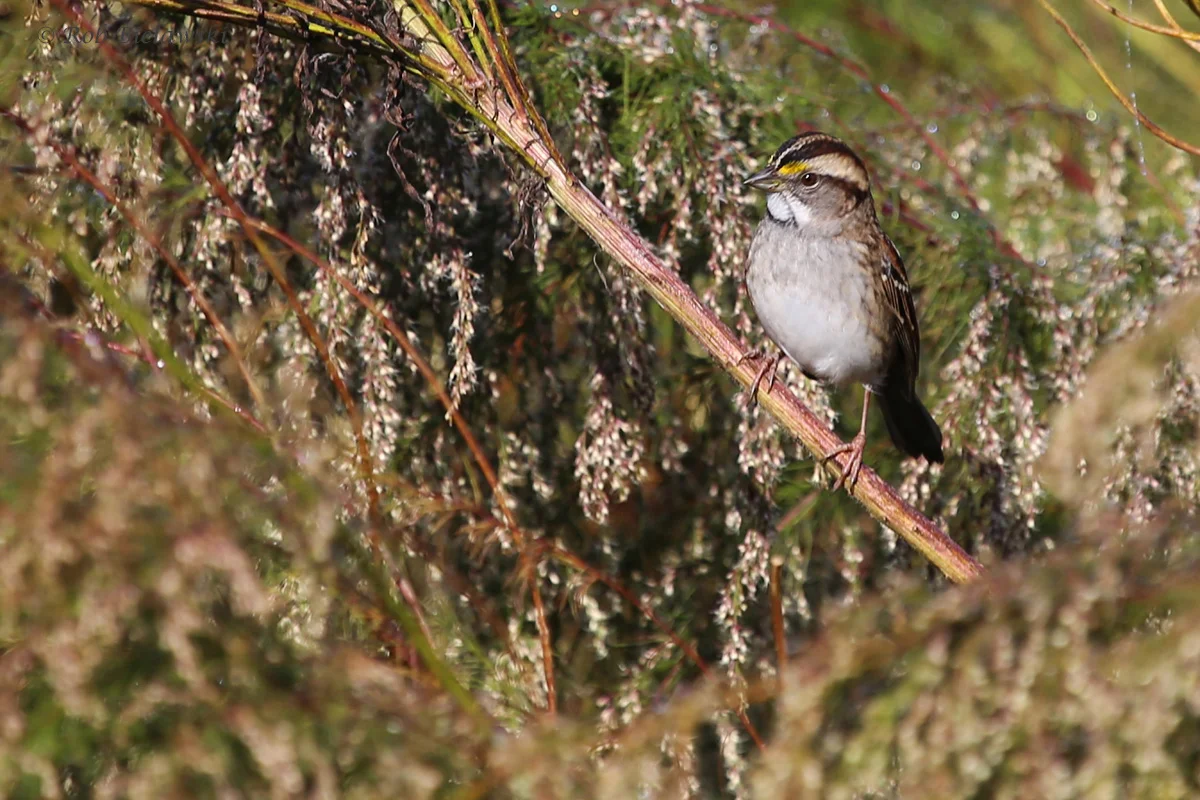
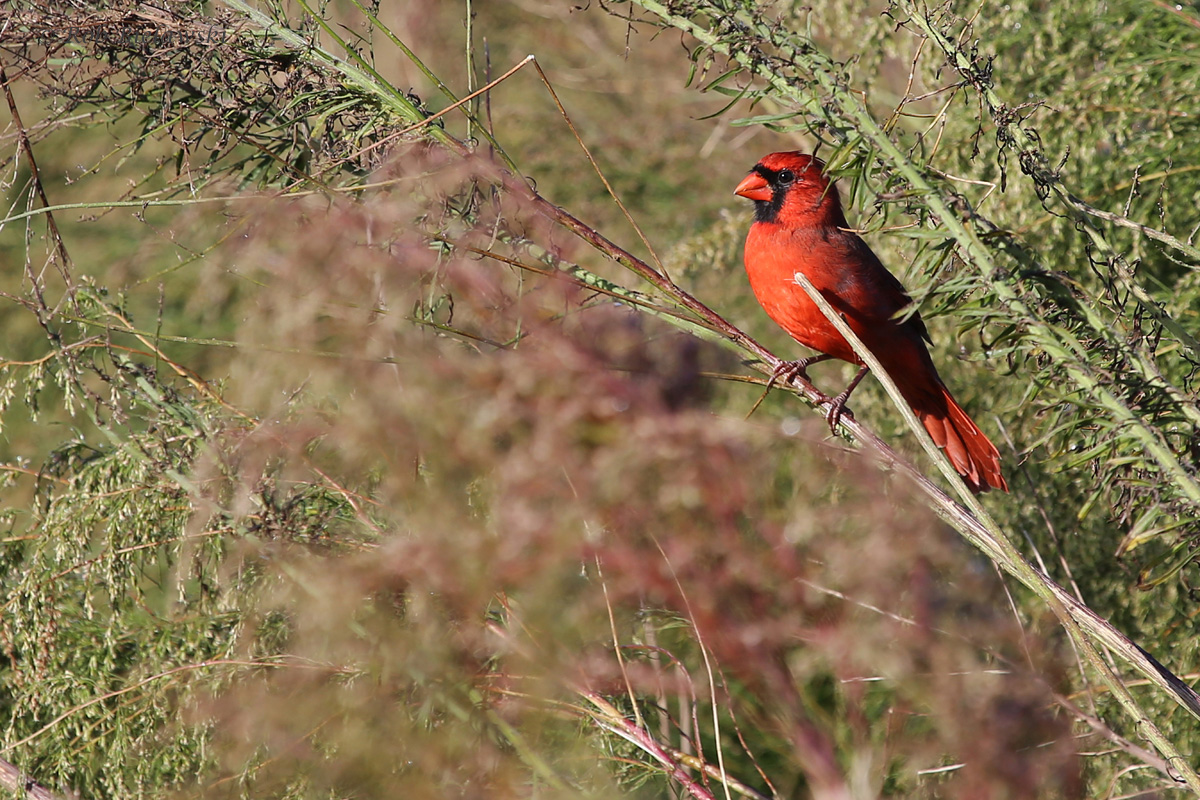
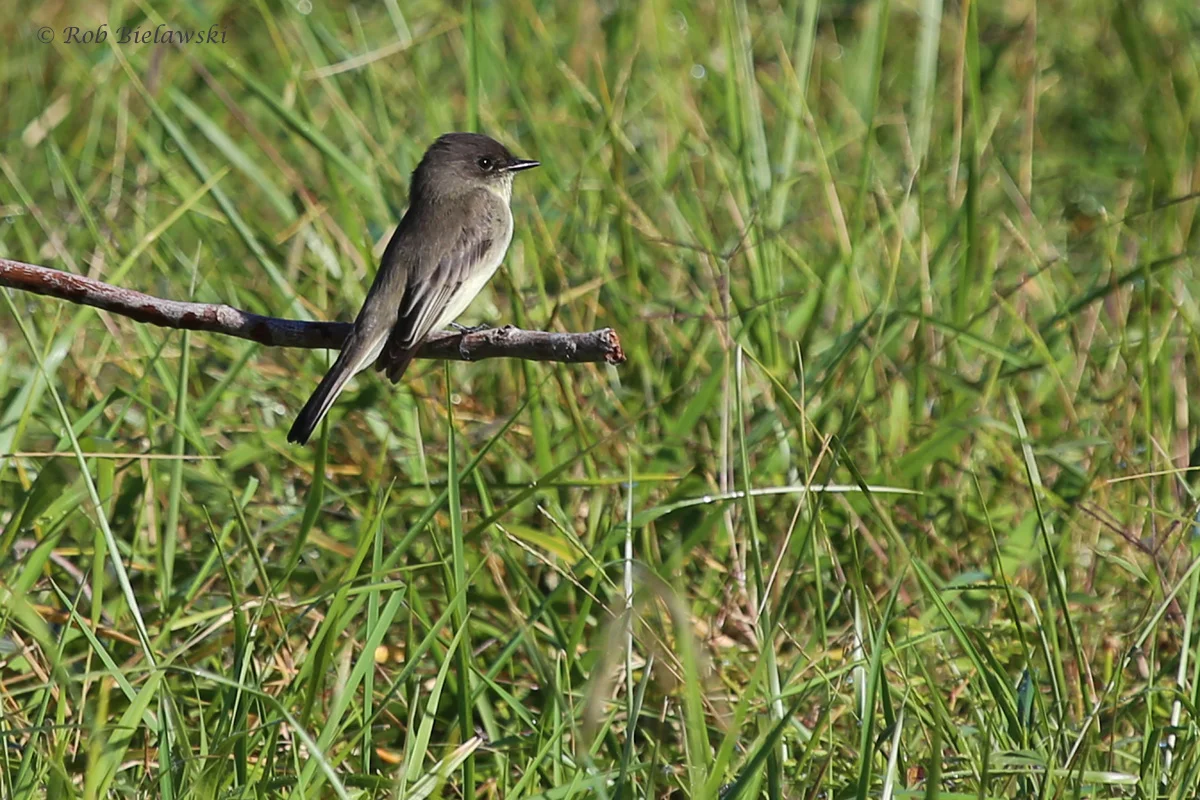
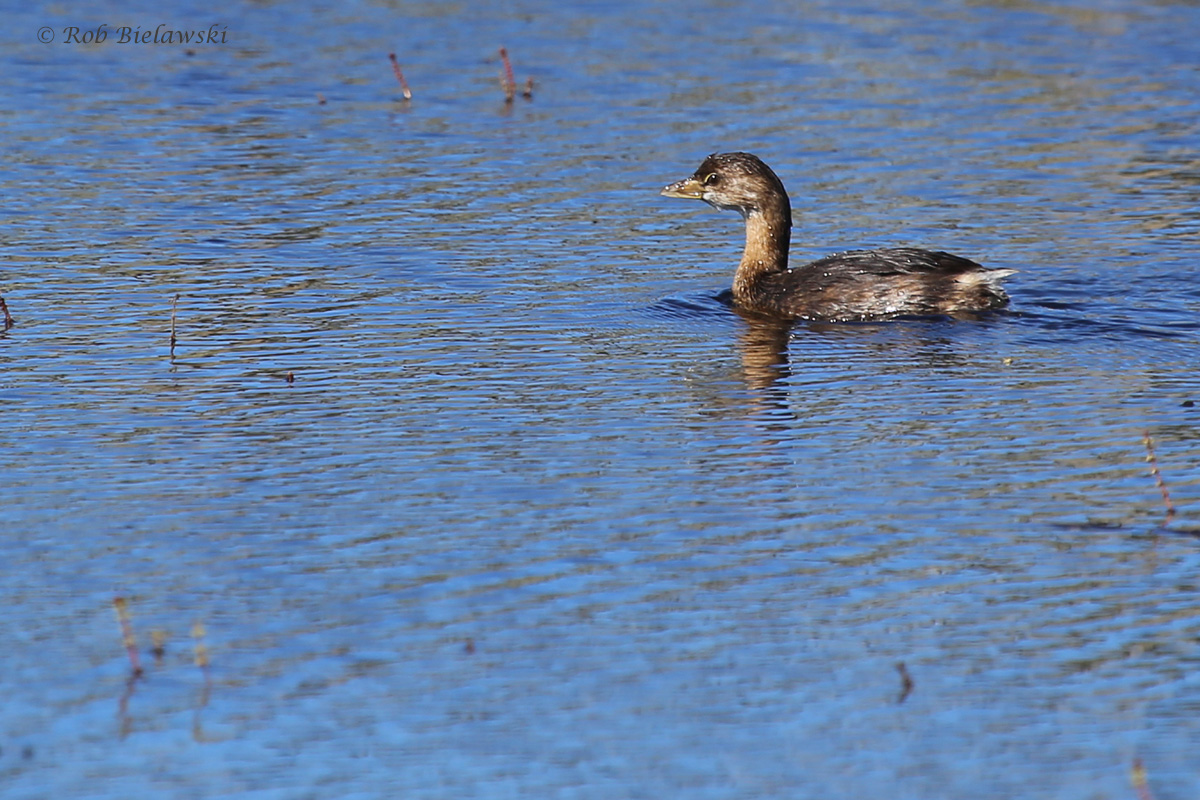
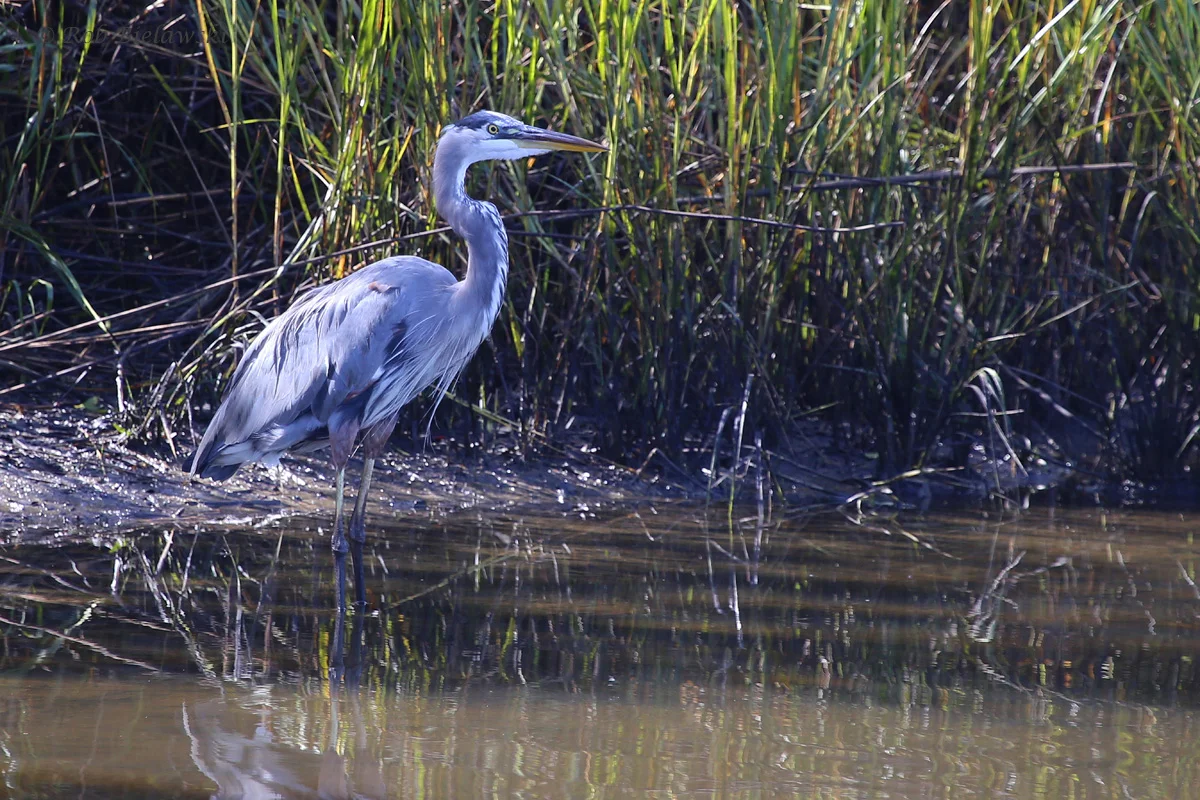
OBSERVATIONS: Following the disastrous weather that occurred just prior to the close of the early October period, dry conditions finally set in for the region (thankfully). A strong cold front moved across Virginia Beach on Saturday, 8 Oct, which was partially to blame for the massive amounts of rainfall we received as the system collided with Hurricane Matthew’s wind-field. However, by mid-week it had become very apparent that the strong northerly winds associated with the front had also brought down large numbers, and great diversity of songbirds. Notably, this period will be remembered for its major push of sparrows (among many other passerines)! At the close of previous period, 10 Oct to be exact, Andrew Baldelli submitted this report which showed that a major songbird movement was underway. This movement carried on over the next few days, resulting in some fantastic finds. When 11 Oct rolled around, would-be visitors to Back Bay NWR discovered that the park had been closed due to damage sustained during Hurricane Matthews assault on the coastline. However, Little Island Park just to the north provided the perfect habitat (thick brush) for songbirds to forage in during the daytime, and it wasn’t long before interesting reports started to pop up. In the morning hours a flight of 172 Northern Flickers was observed along with a late Yellow-breasted Chat (James Marcum) and a juvenile White-crowned Sparrow (Mike Collins), being the first-of-season here was also found. Later on in the day, a late Wilson’s Warbler was found at the site (David Johnston) as well. Up at the opposite side of the city, the thicket behind Taste Unlimited Bayville saw a lot of action as a direct result of Andrew’s mighty 61-species checklist. In the early afternoon, a very late Canada Warbler and a late Wilson’s Warbler were reported (Karen & Tom Beatty). During the evening, a first-of-season Winter Wren was found, and nearby our first CLAY-COLORED SPARROW of the year made an appearance on the edge of the thicket (Rob Bielawski). The last CLAY-COLORED SPARROW to be observed in Virginia Beach was also at Back Bay NWR, 8 Oct 2015 (Ron Furnish & Marie Mullins). As 11 Oct came to a close, most birders in the area had become aware (via eBird/Facebook/Listserve/etc.) as to the numbers and variety of birds being observed. When 12 Oct (a Wednesday) rolled around, more folks were out in the field seeking out, and reporting birds to eBird. Taste Unlimited’s thicket continued to produce birds in the morning hours as a high count of Nashville Warblers (6) was observed (Andrew Baldelli). As with the previous day, down on the opposite side of the city at Little Island Park, birders again scoured the area, though Back Bay NWR did open back up for the first day since Hurricane Matthew’s passage on 8-9 Oct. Topping the finds at this site, a DICKCISSEL was found (James Marcum), and then shortly thereafter, a second DICKCISSEL was also observed (Mike Collins). Rare finds here along the coast, these were the first of their species to be observed in Virginia Beach since an immature DICKCISSEL was found at Princess Anne WMA’s Whitehurst Tract 14 Feb (Andrew Baldelli & Tracy Tate). In the late morning, the Dickcissels were found again (Rob Bielawski, Karen & Tom Beatty), though unbeknownst at the time that they had already been reported earlier. The action then shifted to Back Bay NWR, as the edge of the parking area and near-visitor-center-trails were scoured for sparrows. An interesting find behind the visitor center occurred as a Grasshopper Sparrow (a first for Back Bay NWR in eBird) was found briefly before flying off to the north (Rob Bielawski). Shortly thereafter a single LARK SPARROW (Rob Bielawski / Karen & Tom Beatty) was found in the septic field to the northeast of the kayak parking area, among a large feeding flock of various species which also contained a juvenile White-crowned Sparrow (Rob Bielawski / Karen & Tom Beatty). The last Lark Sparrow to be observed in Virginia Beach was the individual that stayed here at Back Bay throughout last February & March, as well as a second individual observed near the Princess Anne Athletic Commons that never made it into eBird (5 Mar / Staci Mueller). The momentum carried on through 13 Oct (a Thursday) at Back Bay, when many birders arrived hoping to see some of the same birds found on the 12th. While hopes were high, no one was likely prepared for all the species that were about to be viewed. In the early morning hours, the LARK SPARROW was again detected, but with it this time were at least 3 White-crowned Sparrows, 4 LINCOLN’S SPARROWS, and a female PAINTED BUNTING (Andrew Baldelli)! Another pair of LINCOLN’S SPARROWS were detected further south on the East Dike, making a potential total of 6, which would be a new state high count per the Gold Book if validated by eBird. In addition to the sparrow excitement, a pair of CLIFF SWALLOWS was also observed (Andrew Baldelli). The PAINTED BUNTING was observed later in the morning (Karen & Tom Beatty / Mary Catherine Miguez), as were the LARK SPARROW (Mike Collins), the LINCOLN’S SPARROWS (Mike Collins, Karen & Tom Beatty, Mary Catherine Miguez). A late female Blue Grosbeak was also observed (Andrew Baldelli, Karen & Tom Beatty). In addition to this late occurrence, a first-of-season arrival was also detected when a Hermit Thrush was observed (Mike Collins, Karen & Tom Beatty). At Little Island Park to the north, a White-crowned Sparrow continued as well (Karen & Tom Beatty), and back at Taste Unlimited Bayville, the CLAY-COLORED SPARROW made its first reappearance (James Marcum) since the initial find two days prior! Given the excitement of the previous days, yet again when 14 Oct (a Friday) arrived, birders were out looking in the same spots for anything new that might have showed up. A high count of 76 Pied-billed Grebes was found on Back Bay just off of the visitor center pier (Karen & Tom Beatty, James Marcum) and masses of Tree Swallows had also begin to gather (3,000 count input by Karen & Tom Beatty, James Marcum). A late Yellow Warbler was observed as well (Karen & Tom Beatty), which continues to push back their expected departure date. Unfortunately, of the sparrows seen the previous day, only the White-crowned Sparrow (obs. Karen & Tom Beatty, James Marcum / ph. Kathy Spencer) seemed to remain, and the others must have moved on with the winds overnight. The same was true for Little Island Park to the north where the ‘resident’ White-crowned Sparrow was observed again as well (James Marcum). Up at Taste Unlimited Bayville, the CLAY-COLORED SPARROW was again reported (Cheryl J Jacobson), though this would be the last know report. Also, there was a report of a LINCOLN’S SPARROW at Bayville Farms Park (David Gibson). As the weekend arrived, hopes were even higher as many birders around the region simply don’t get out during the week (I was blessed with an unexpected power outage at my office on Wednesday, 12 Oct, that allowed me the fantastic day of birding). On Saturday, 15 Oct the early morning was unexpectedly quiet, though the ‘usual’ sites were all birded pretty heavily. In mid-morning, a LINCOLN’S SPARROW was found (Tracy Tate) on the first island of the CBBT (South Thimble Island), though it was not re-sighted later in the day. On a Virginia Aquarium boat trip, the first Surf Scoters of the season were found up near 63rd Street, giving us a bit of hope in terms of waterfowl starting to return to the region. A residential backyard in the Kempsville area provided only our second of season, and a late occurrence, for Bay-breasted Warbler (Hugh & Una Davenhill). In the early morning hours of Sunday, 16 Oct, a pair of late Nashville Warblers, and a late Yellow-breasted Chat were observed at Princess Anne WMA’s Whitehurst Tract (Rob Bielawski), but surprisingly no unusual sparrows turned up in that prime habitat. PLEASE NOTE: Both the Whitehurst & Beasley Tracts of the park are now open to birding only on Sundays until 1 May, see the Official Park Website for details. Up at Taste Unlimited Bayville, a pair of late Magnolia Warblers was observed (Kathy Spencer), and these are likely two of the same individuals observed a few days prior before their expected departure date arrived. Despite the previously mentioned reports, the volume of sightings on the weekend just couldn’t hold up to the momentum gained throughout the week. When Monday, 17 Oct, arrived, temperatures began to rise swiftly, and winds switched around to the south. Throughout the remainder of the period we saw highs in the 80s, peaking on 19 Oct at 88 degrees F (a new record high at Oceana NAS). The main excitement of 17 Oct occurred when a late Wilson’s Warbler was found near the visitor center at Back Bay NWR (Ted Keen), and observed & photographed shortly after (Mike Collins), and additionally photographed later in the afternoon (Mary Catherine Miguez). On the morning of 18 Oct, a Tuesday, another pair of late Nashville Warblers were observed at Back Bay NWR (Andrew Baldelli & Tracy Tate, James Marcum) and two late American Redstarts were found as well (Tamara Conklin). With all these great species being found throughout the period, it was astounding that during the evening hours, a GRAY KINGBIRD was observed in a residential backyard near Lake Joyce (Timothy Barry)! This is the very first eBird report of this species for Virginia Beach, and I can only find records of this species in the Gold Book from 29 Oct 1999 (near Lynnhaven Inlet), 30 Sep 1997 (Sandbridge), 28 Apr 1990 (specific location not noted), and 18 May 1978 at the CBBT, which may or may not have been on the Virginia Beach side (Northampton shares the CBBT with us). So this is perhaps only our 4th record for this species (possibly 5th if the CBBT individual did occur in Virginia Beach). The switch to southerly winds and warm weather might be the reason for this bird showing up in the area, but the main question that we’re all left with is, where did it go to next? Hopefully someone solves that mystery in the coming days. Finally, the period came to a close with perhaps the same LARK SPARROW being observed again at Back Bay NWR (Karen & Tom Beatty); a fitting end to a period that will long be remembered as the best few days of sparrow observations we’ve had in Virginia Beach in a very long time!
SPECIES DOCUMENTED BY MEDIA and submitted to eBird for Virginia Beach during this period included: 11 OCT – Downy Woodpecker, Carolina Wren & American Robin (Francis Land History Park / Rob Bielawski); Eastern Phoebe & Blue-headed Vireo (Taste Unlimited Bayville / Karen & Tom Beatty); Winter Wren, Ruby-crowned Kinglet, Nashville Warbler, Northern Parula, Black-throated Blue Warbler, Palm Warbler & CLAY-COLORED SPARROW (Taste Unlimited Bayville / Rob Bielawski). 12 OCT – Great Blue Heron, Great Egret, Carolina Chickadee, Northern Parula & Northern Cardinal (Kings Grant Lakes / Rob Bielawski); Purple Finch (Glenmore Hunt Tr. / Karen & Tom Beatty); DICKCISSEL (Little Island Park / Mike Collins); Nashville Warbler (Taste Unlimited Bayville / Rob Bielawski); Ruby-crowned Kinglet, Gray Catbird, Magnolia Warbler, Black-throated Green Warbler & DICKCISSEL (Little Island Park / Rob Bielawski); Black-throated Green Warbler & DICKCISSEL (Little Island Park / Karen & Tom Beatty); Osprey, Bald Eagle, Blue-headed Vireo, Ruby-crowned Kinglet, Black-and-white Warbler, Northern Parula & Yellow-rumped Warbler (Camp Pendleton / Mary Catherine Miguez); Golden-crowned Kinglet, Ruby-crowned Kinglet, Field Sparrow, LARK SPARROW, Dark-eyed Junco, White-crowned Sparrow & White-throated Sparrow (Back Bay NWR / Karen & Tom Beatty); Golden-crowned Kinglet, Grasshopper Sparrow, Chipping Sparrow, Field Sparrow, LARK SPARROW, Dark-eyed Junco & White-crowned Sparrow (Back Bay NWR / Rob Bielawski). 13 OCT – Golden-crowned Kinglet, Ruby-crowned Kinglet, LARK SPARROW, White-crowned Sparrow, White-throated Sparrow, LINCOLN’S SPARROW, Swamp Sparrow & PAINTED BUNTING (Back Bay NWR / Andrew Baldelli); Red-breasted Nuthatch, Blackpoll Warbler, Yellow-rumped Warbler, LINCOLN’S SPARROW & Blue Grosbeak (Back Bay NWR / Karen & Tom Beatty); Pied-billed Grebe, Sharp-shinned Hawk, Belted Kingfisher, Peregrine Falcon, Golden-crowned Kinglet, Ruby-crowned Kinglet, Blackpoll Warbler, Dark-eyed Junco, White-throated Sparrow & LINCOLN’S SPARROW (Back Bay NWR / Mary Catherine Miguez). 14 OCT – Blue-winged Teal, Pied-billed Grebe, Great Blue Heron, Northern Flicker, Golden-crowned Kinglet, American Robin, Gray Catbird, Northern Mockingbird, Cedar Waxwing, Cape May Warbler, Palm Warbler, Field Sparrow, Dark-eyed Junco, White-crowned Sparrow & Song Sparrow (Back Bay NWR / Karen & Tom Beatty); Yellow-rumped Warbler (Bayville Farms Park / David Gibson); White-crowned Sparrow (Back Bay NWR / Kathy Spencer); Brown Pelican, Laughing Gull, Lesser Black-backed Gull & Great Black-backed Gull (Oceanfront / Joe Coppock); Snowy Egret (Owl’s Creek / Joe Coppock). 15 OCT – American Oystercatcher & Ruddy Turnstone (South Thimble Island / Cheryl J Jacobson); Willet (Oceanfront / Joe Coppock); Sanderling, Laughing Gull, Lesser Black-backed Gull & Great Black-backed Gull (Back Bay NWR / Joe Coppock); Bay-breasted Warbler (Kempsville / Una Davenhill). 16 OCT – American Kestrel, Eastern Phoebe, Carolina Wren, Northern Mockingbird, Nashville Warbler, Yellow-rumped Warbler, White-throated Sparrow, Northern Cardinal & Eastern Meadowlark (Princess Anne WMA Whitehurst Tract / Rob Bielawski); Double-crested Cormorant, Brown Pelican, Great Black-backed Gull & Boat-tailed Grackle (Rudee Inlet / Joe Coppock); Pied-billed Grebe (Back Bay NWR / Rob Bielawski); Great Blue Heron (Pleasure House Point NA / Rob Bielawski). 17 OCT – Wilson’s Warbler (Back Bay NWR / Mike Collins); Eurasian Collared-Dove (Sandbridge / Mary Catherine Miguez); Eastern Phoebe, Ruby-crowned Kinglet, Wilson’s Warbler & Field Sparrow (Back Bay NWR / Mary Catherine Miguez). 18 OCT – Orange-crowned Warbler (Back Bay NWR / Tamara Conklin); Yellow-bellied Sapsucker & Hermit Thrush (West Neck Creek Natural Area / Mary Catherine Miguez); GRAY KINGBIRD & Prairie Warbler (Sandy Bar Dr. / Timothy Barry). 19 OCT – Double-crested Cormorant, Great Blue Heron, Caspian Tern, Yellow-billed Cuckoo, Red-headed Woodpecker, Red-bellied Woodpecker, Northern Flicker, Nashville Warbler, LARK SPARROW & Field Sparrow (Back Bay NWR / Karen & Tom Beatty); Cooper’s Hawk & Yellow-bellied Sapsucker (Sandy Bay Dr. / Timothy Barry). 20 OCT – Osprey, Belted Kingfisher, Hermit Thrush, Pine Warbler, Savannah Sparrow & Swamp Sparrow (Pleasure House Point NA / Mary Catherine Miguez).
LOOKAHEAD: We should see a cooldown through the next few days, and while the best of southbound songbird migration is now likely behind us, we are arriving at the vagrant-hunting season along the East Coast. During late October through probably December, reverse migrants from the West Coast often visit our area as they travel northward along the coast. These species can include Gray Kingbirds, as we have already seen here this fall, but other species to look for would be Western Kingbird (or any of the yellow-bellied-kingbird species, ie. Tropical/Couch’s/Cassin’s), Say’s Phoebe, Vermillion Flycatcher, Ash-throated Flycatcher, Scissor-tailed Flycatcher, and even Townsend’s or Black-throated Gray Warblers. Also, please remember that of the expected species arriving or passing through here during the fall season, we have not yet logged our first Northern Pintail (early September arrival), Gray-cheeked Thrush (mid-September arrival), Orange-crowned Warbler (late September arrival), Purple Sandpiper, Brant, American Pipit, American Woodcock, Bonaparte’s Gull & Horned Grebe (early October arrivals), Rusty Blackbird, Redhead, Ring-necked Duck, Greater Scaup, Lesser Scaup, White-winged Scoter & Great Cormorant (mid-October arrivals) and Fox Sparrow, Harlequin Duck, Red-throated Loon, Hooded Merganser, Snow Goose, Common Eider, Long-tailed Duck, Bufflehead & Red-breasted Merganser (late October arrivals) in Virginia Beach yet this fall. We should begin to see more waterfowl in the coming period as well, since thus far they have been rather nonexistent; though, perhaps they’re present, and most birders just haven’t focused on their habitat when birding due to the songbird movements.
Next Entry | Entry Index | Previous Entry
For more information on this thrice-monthly Birding Blog, please check out the Journal Overview Page on the website. It provides background information as to what sightings are considered for the blog, details about the format of the blog, and it will likely answer many other questions that readers might be wondering about as well! As always, thank you for reading, and please leave me a comment below (you may use your Facebook, Gmail or other accounts to easily do so), or just click the Heart icon to the lower right of this post to let me know you stopped in!